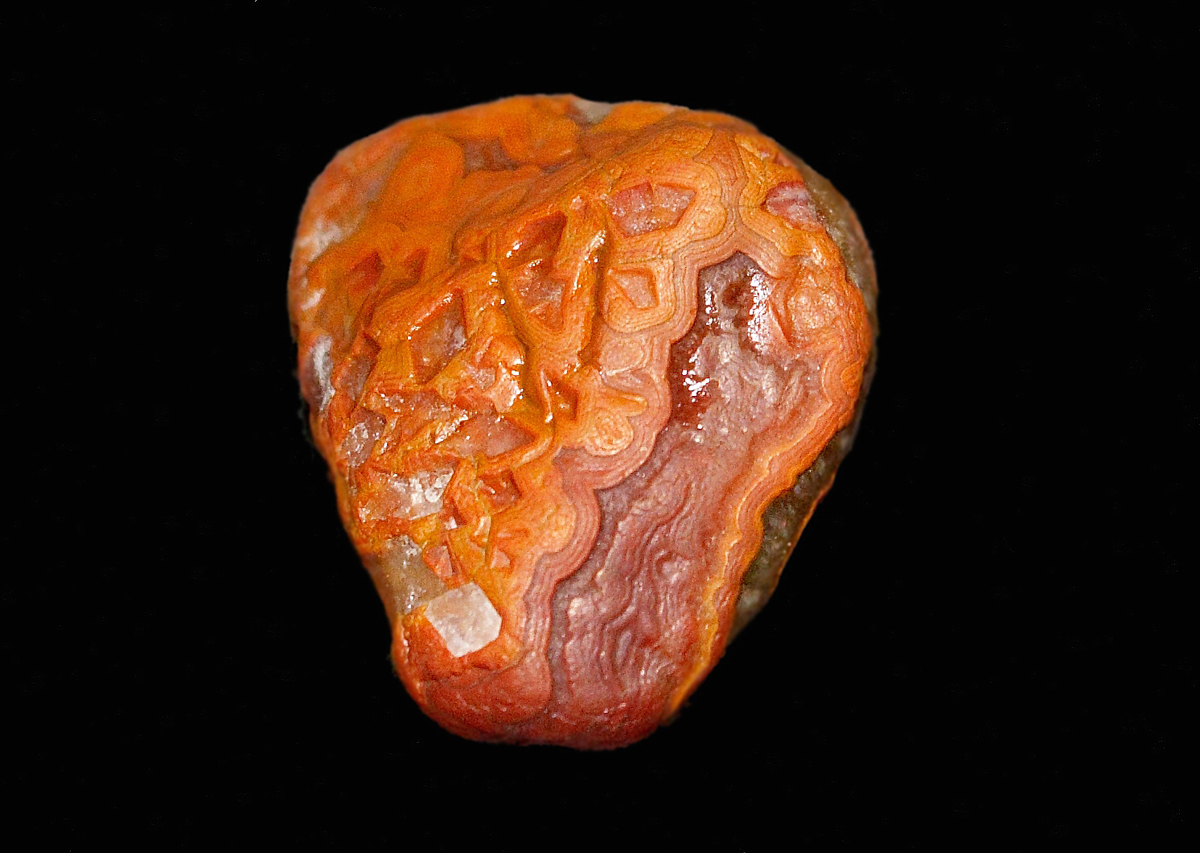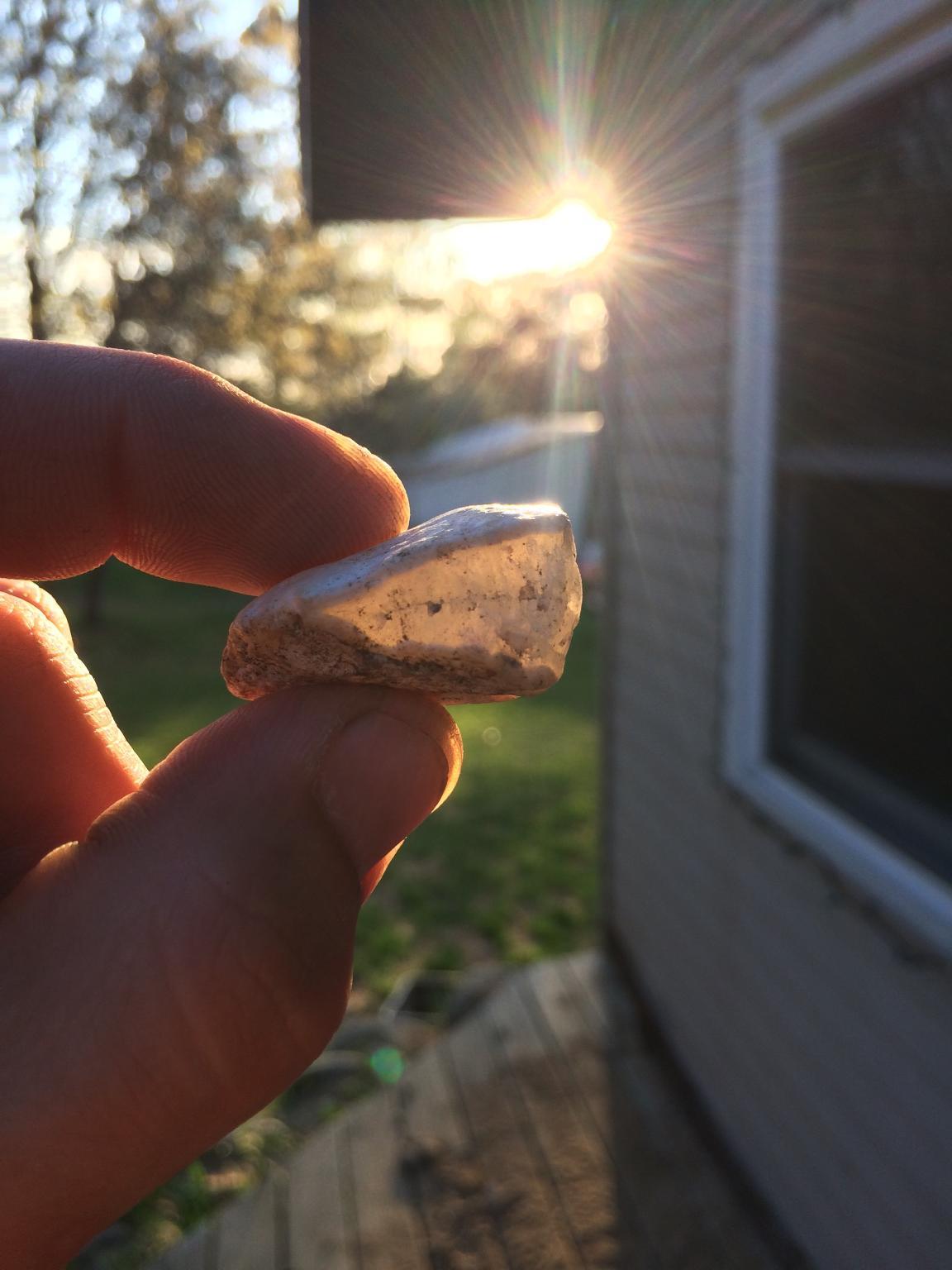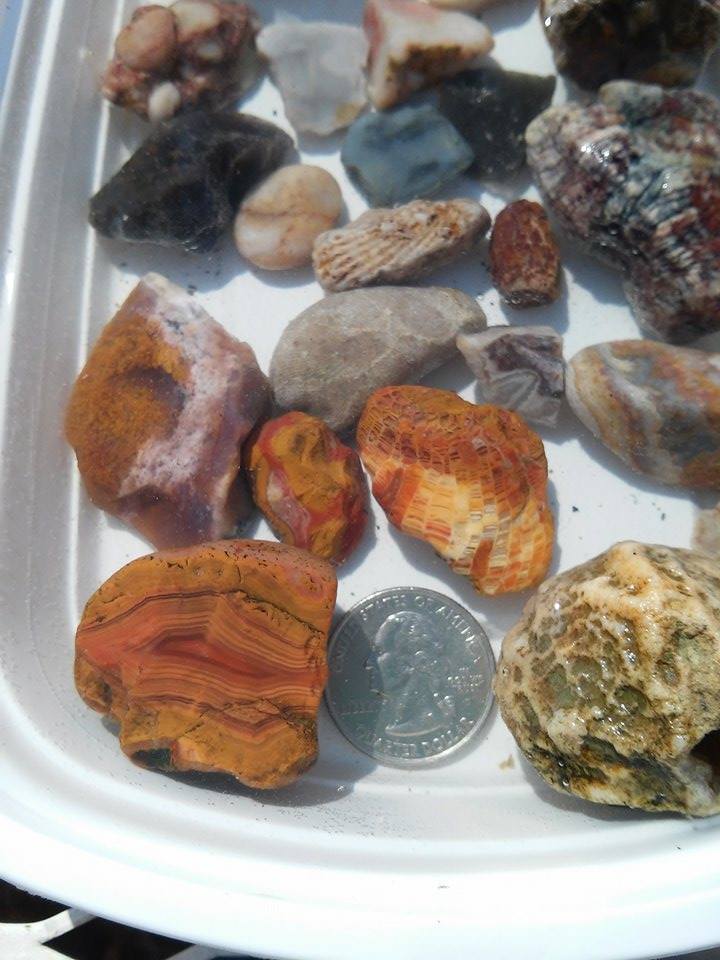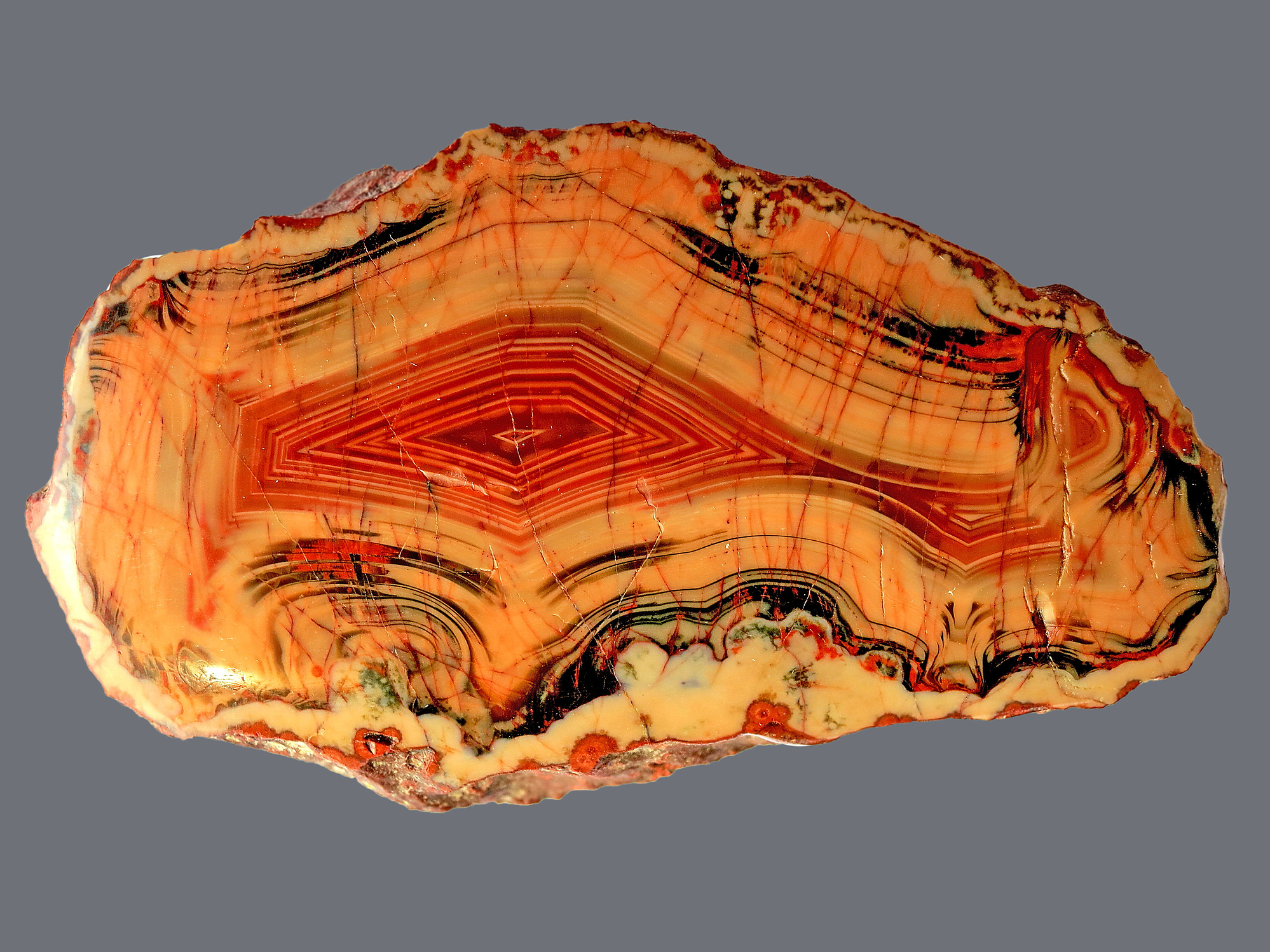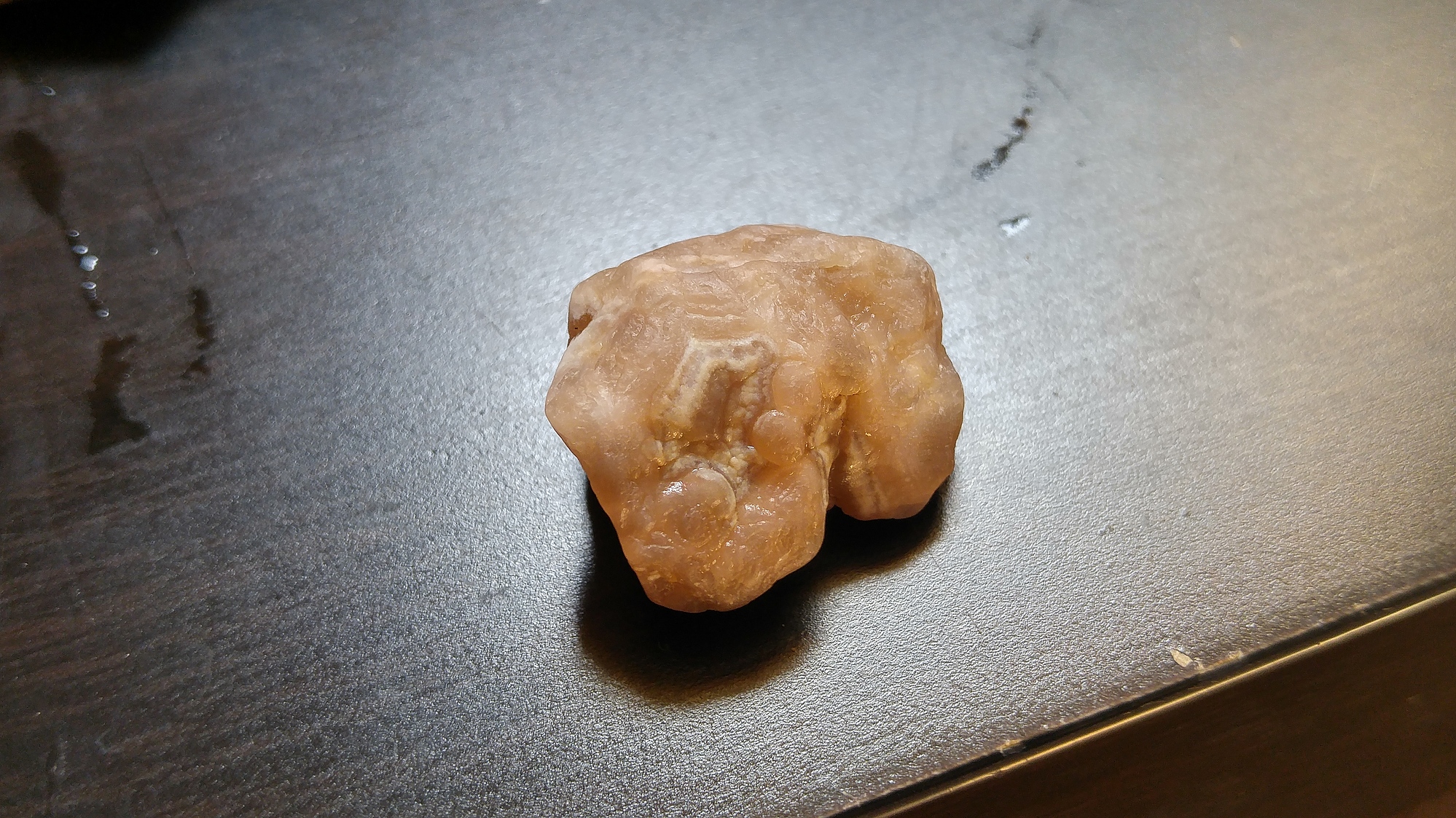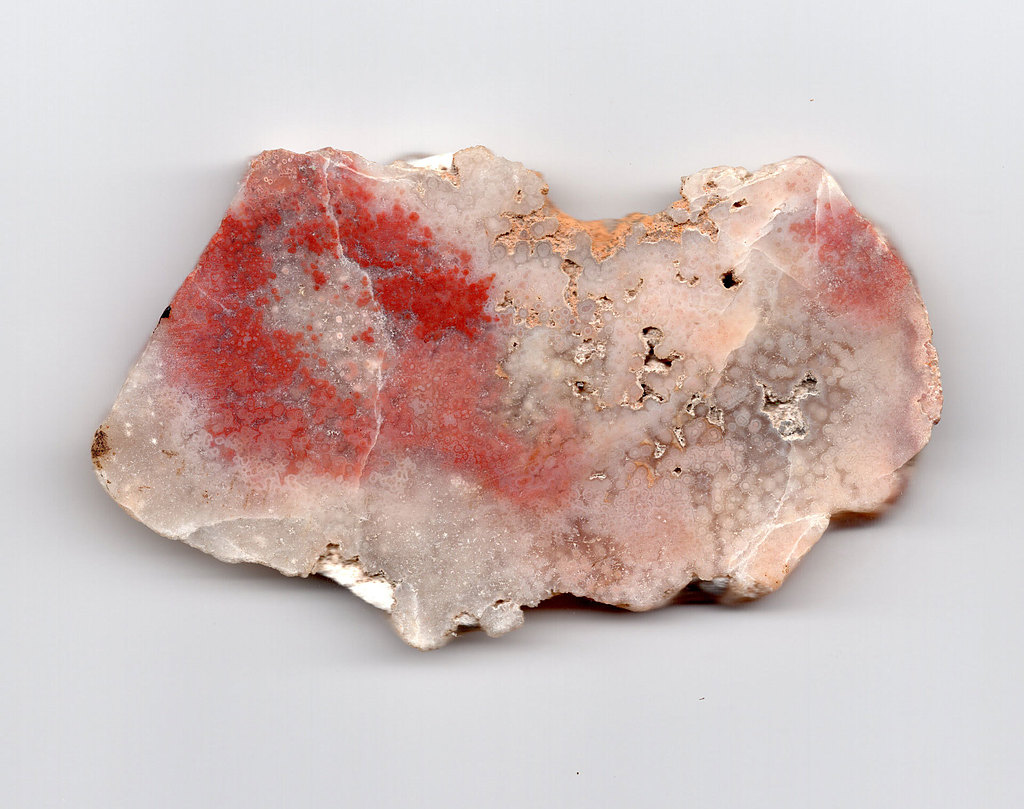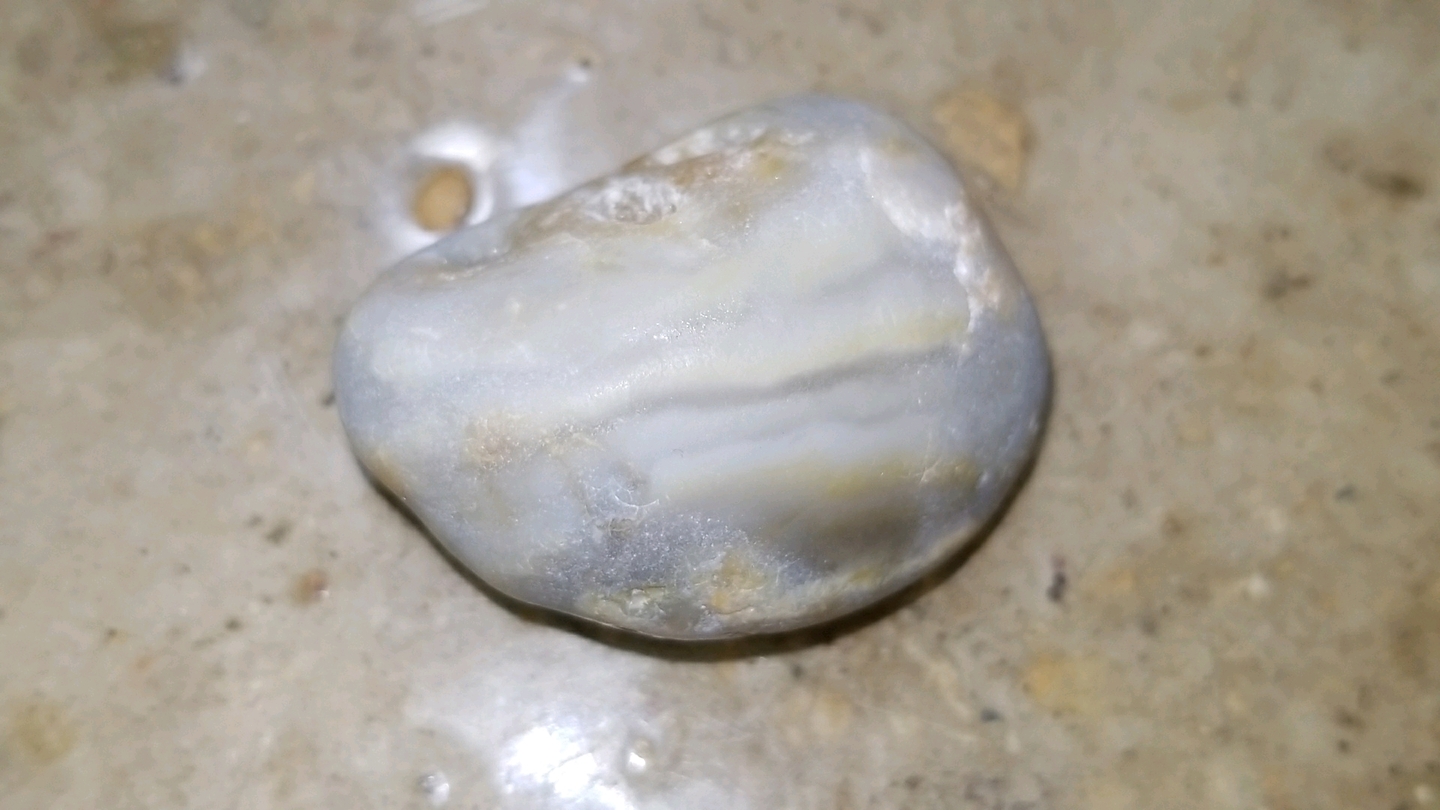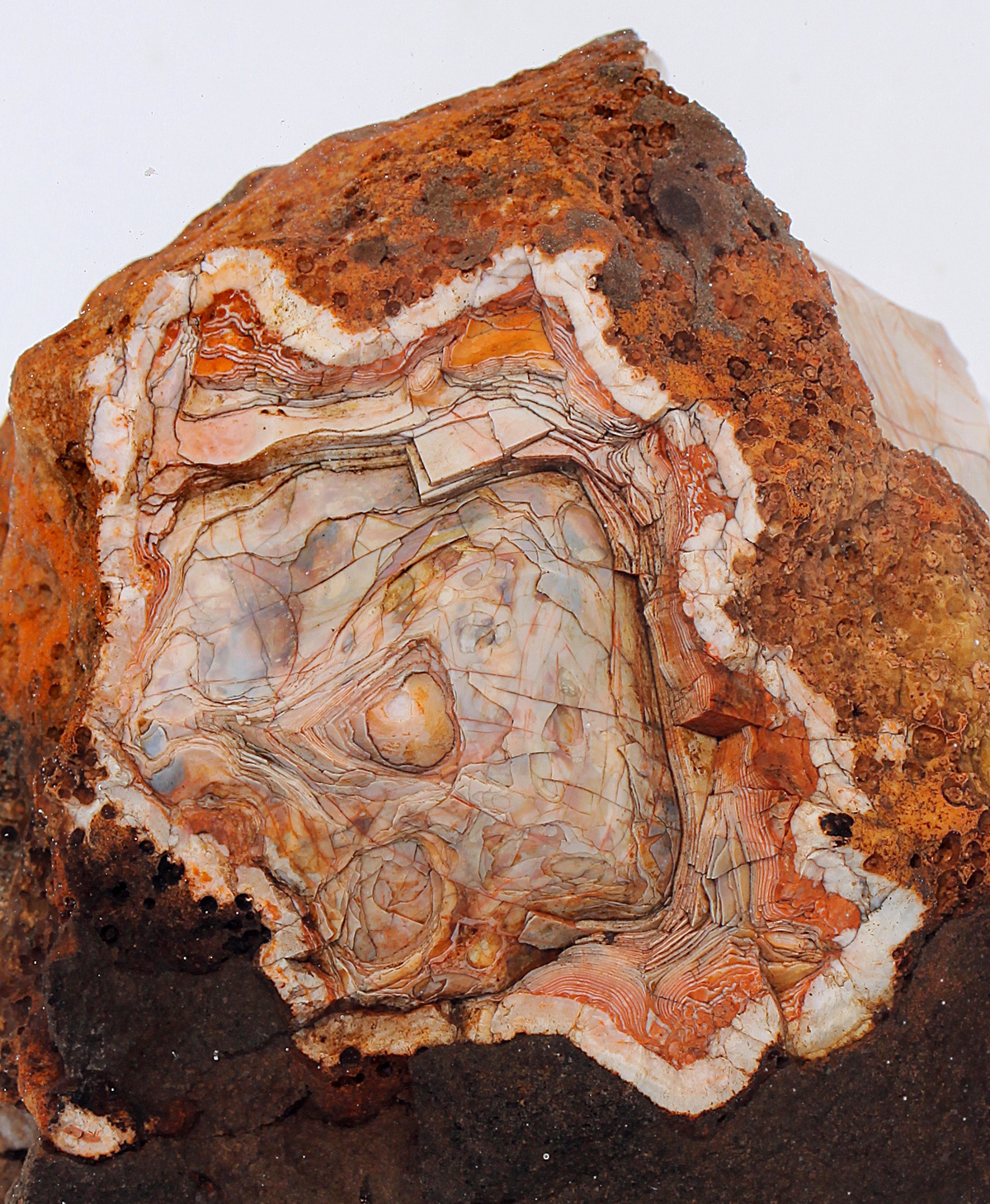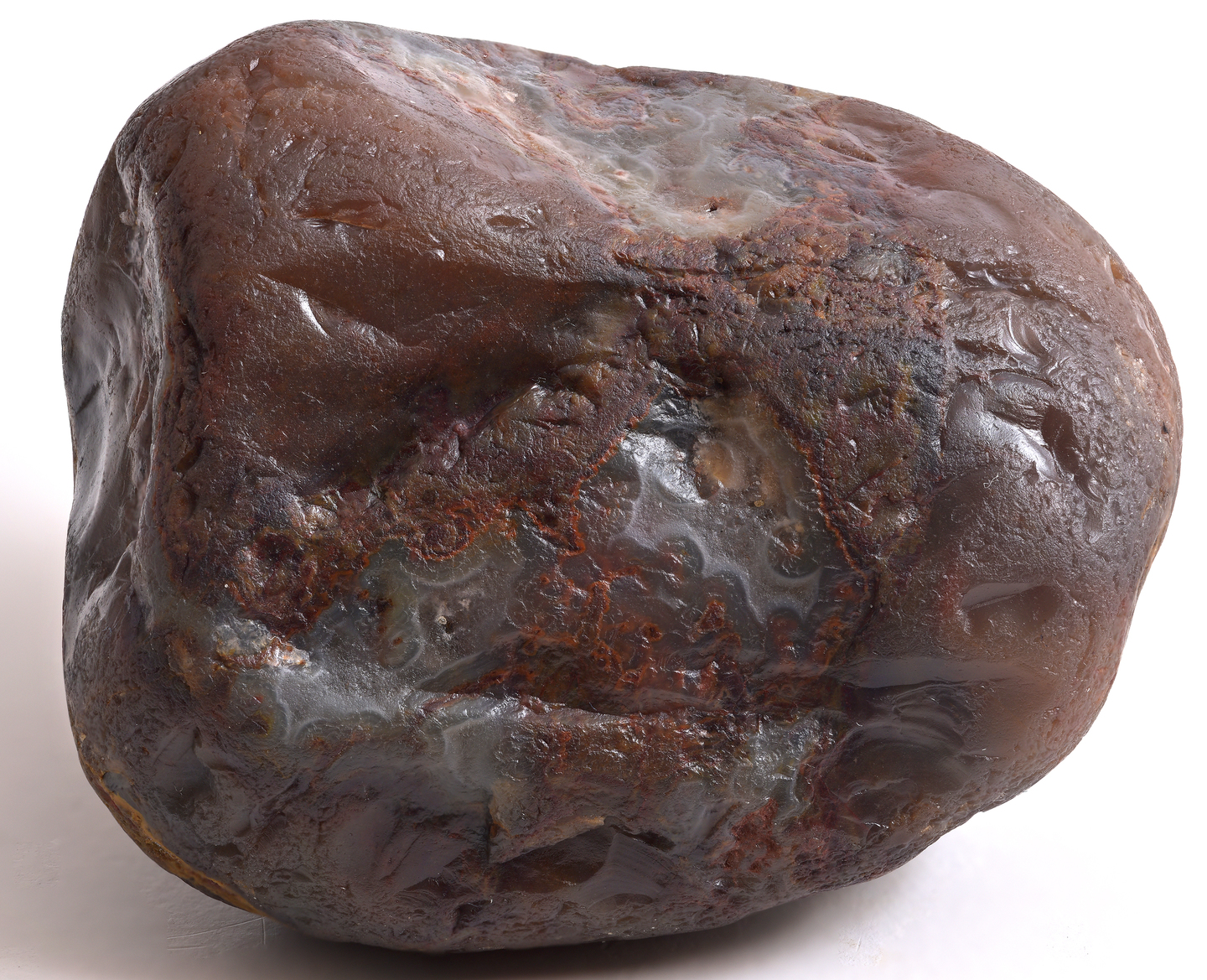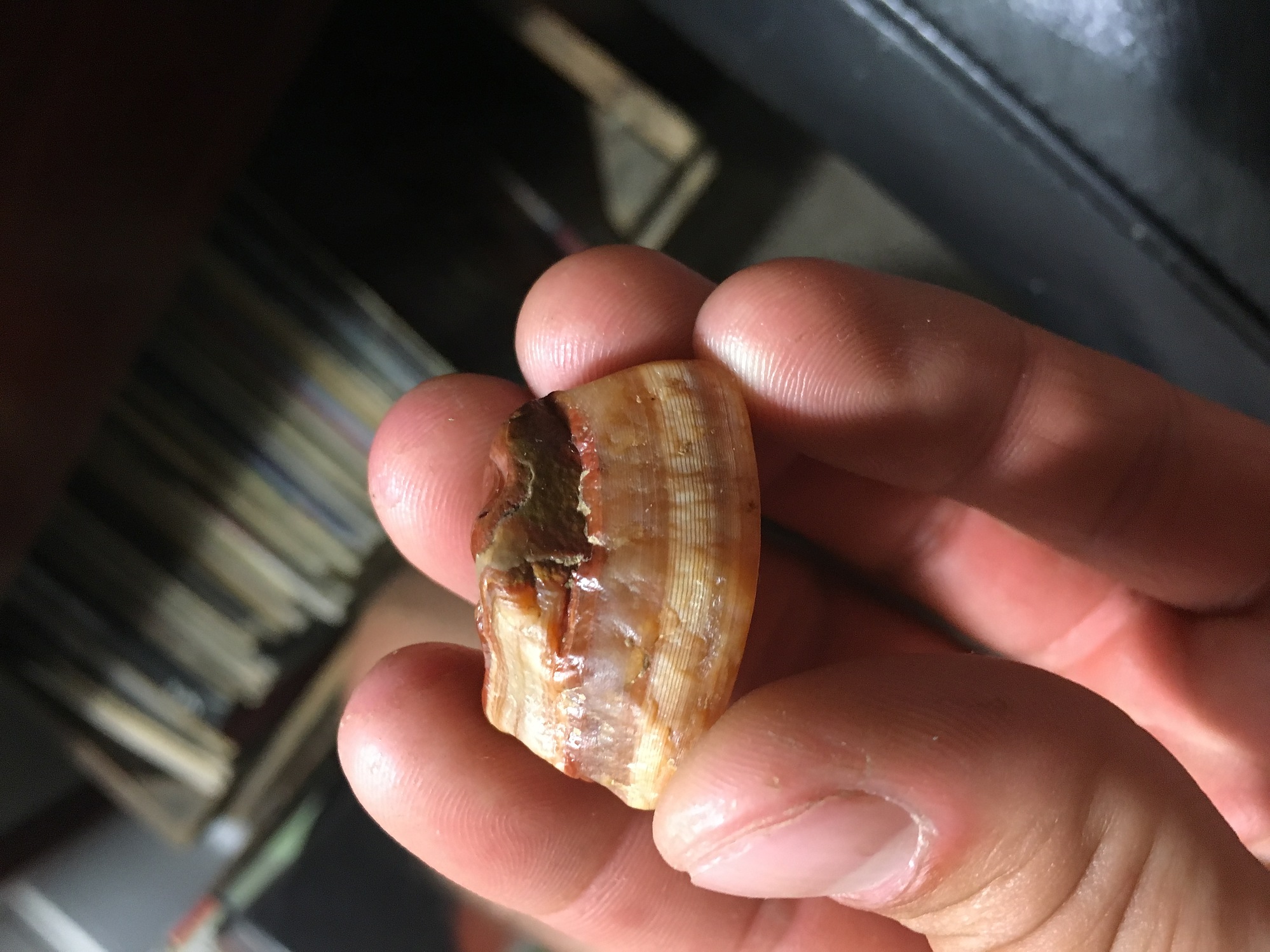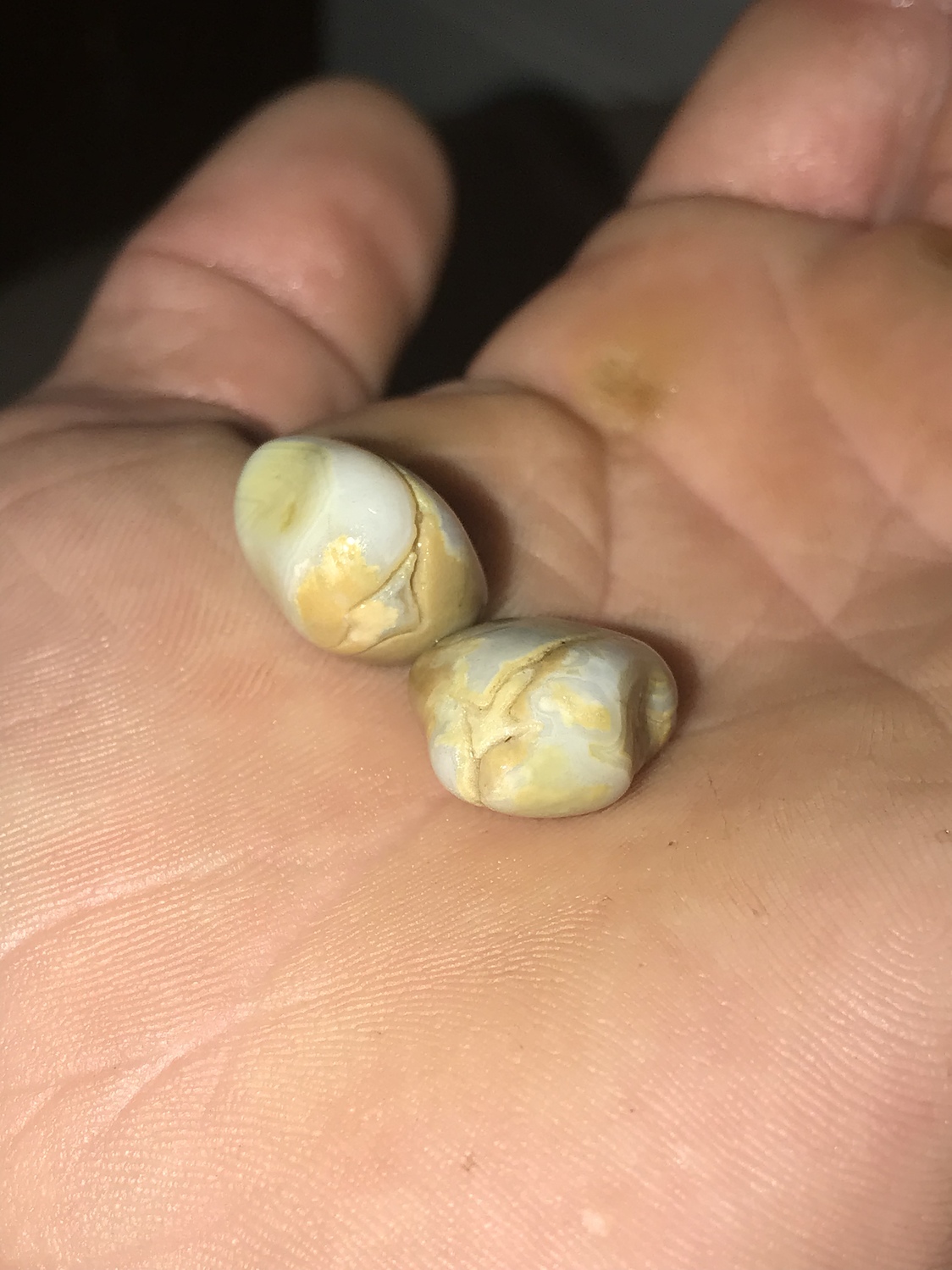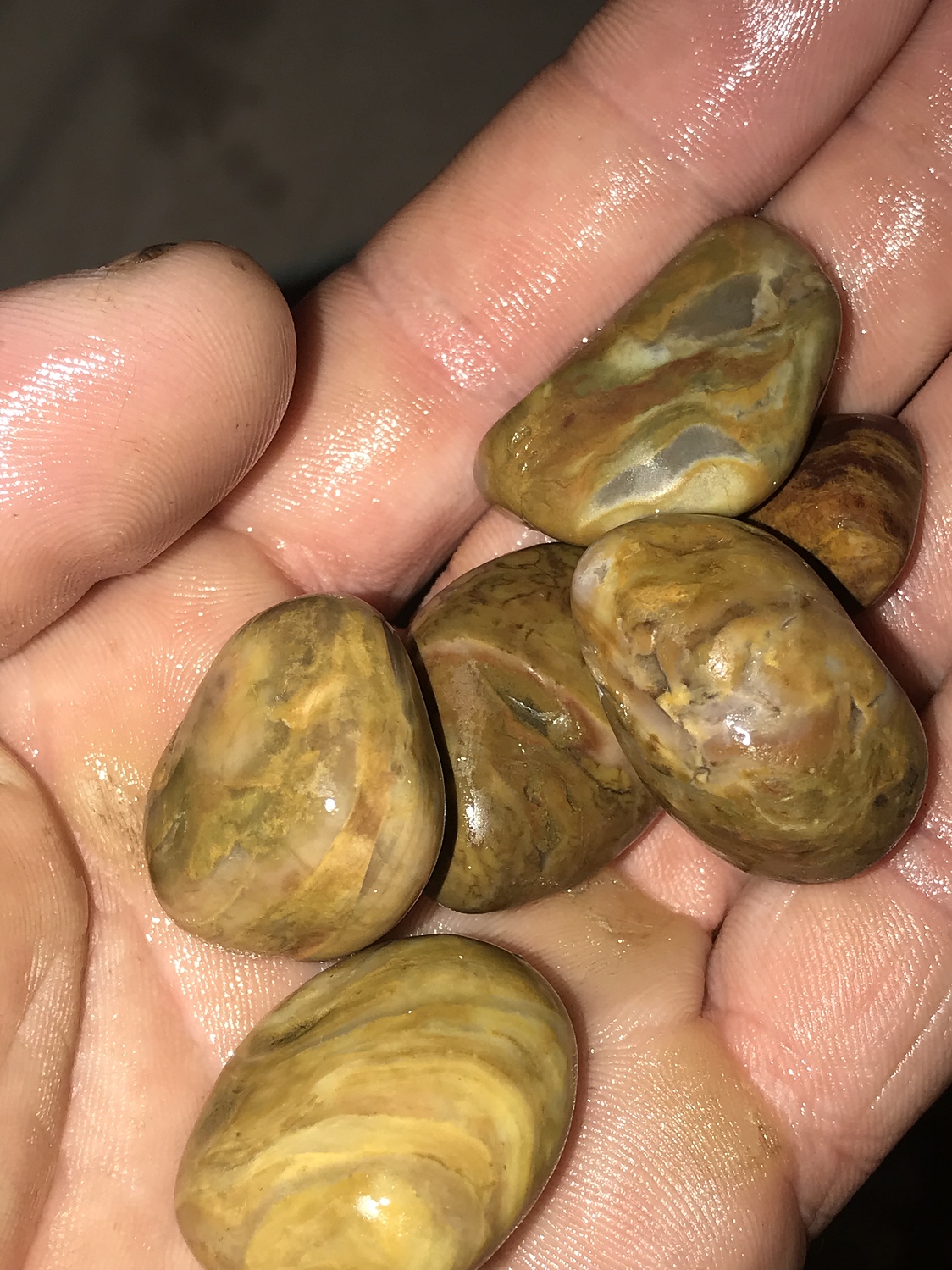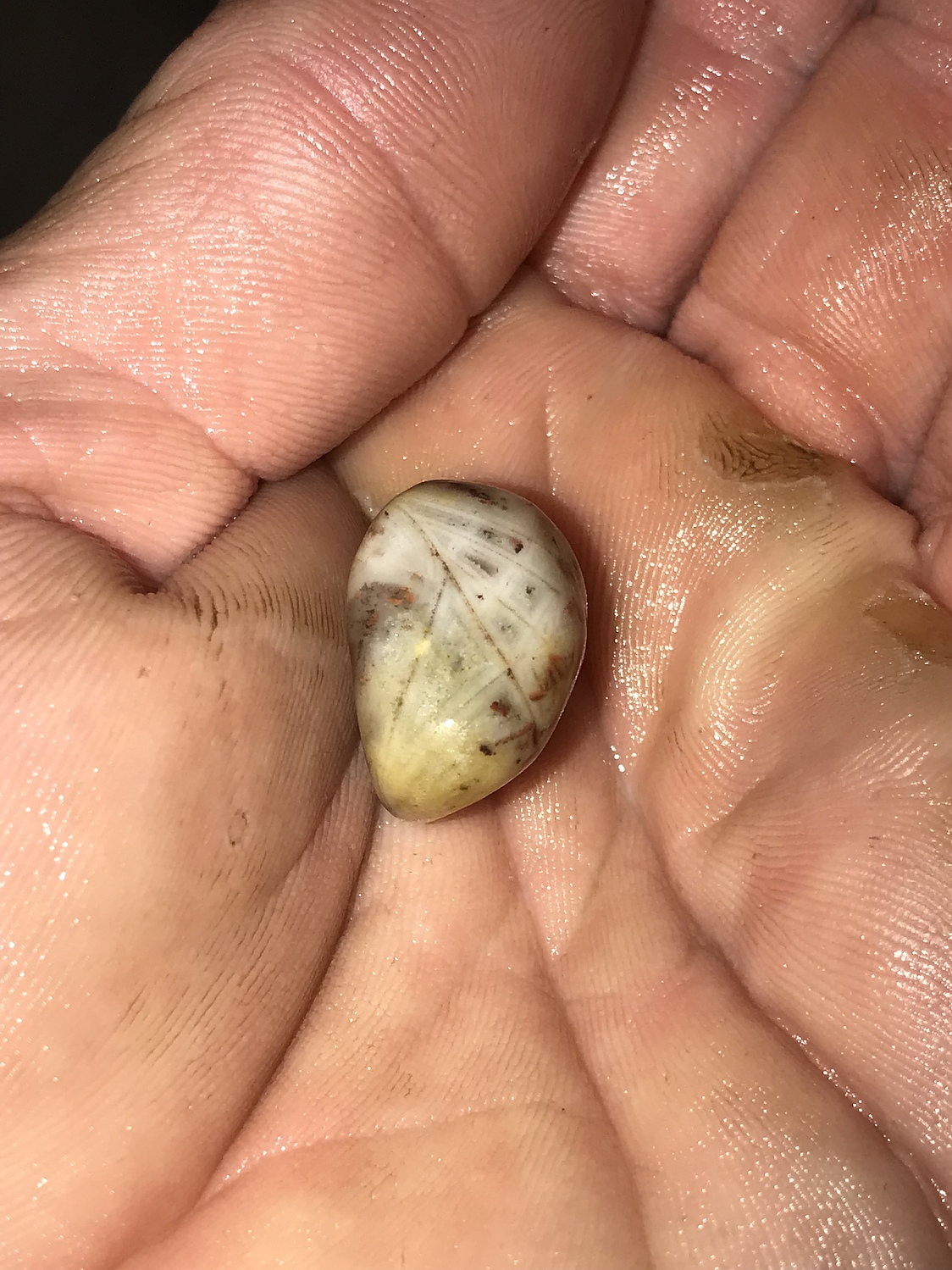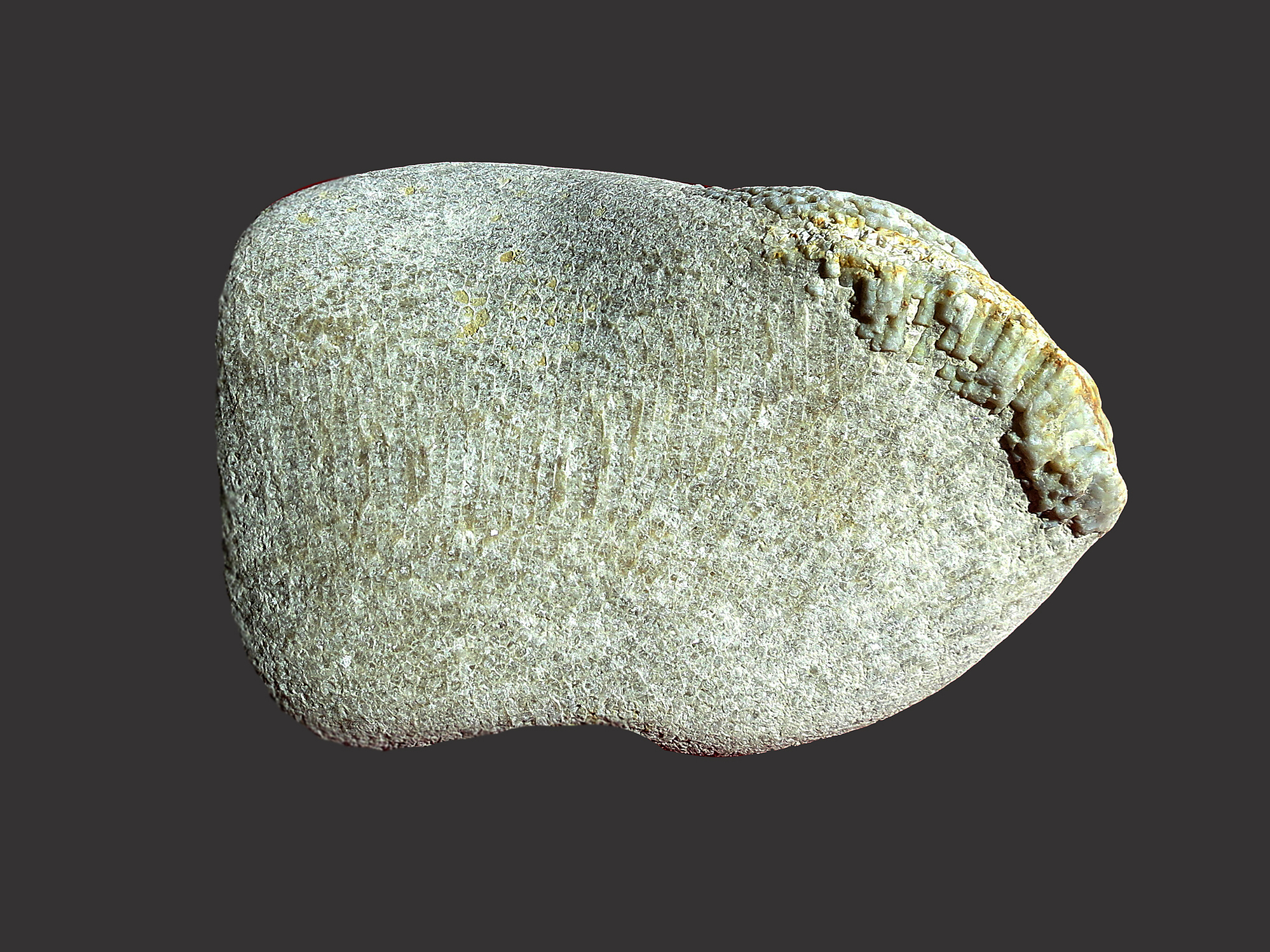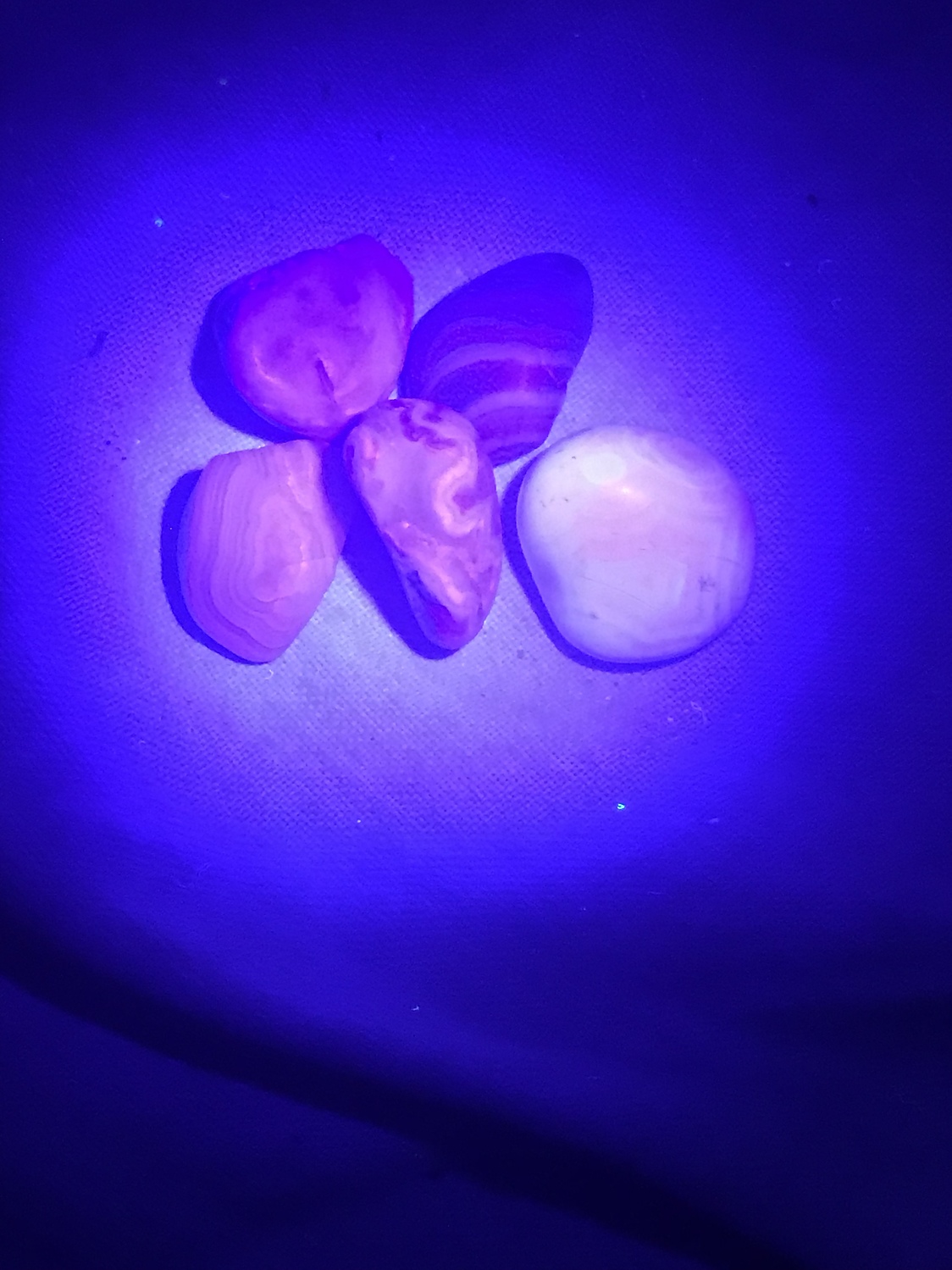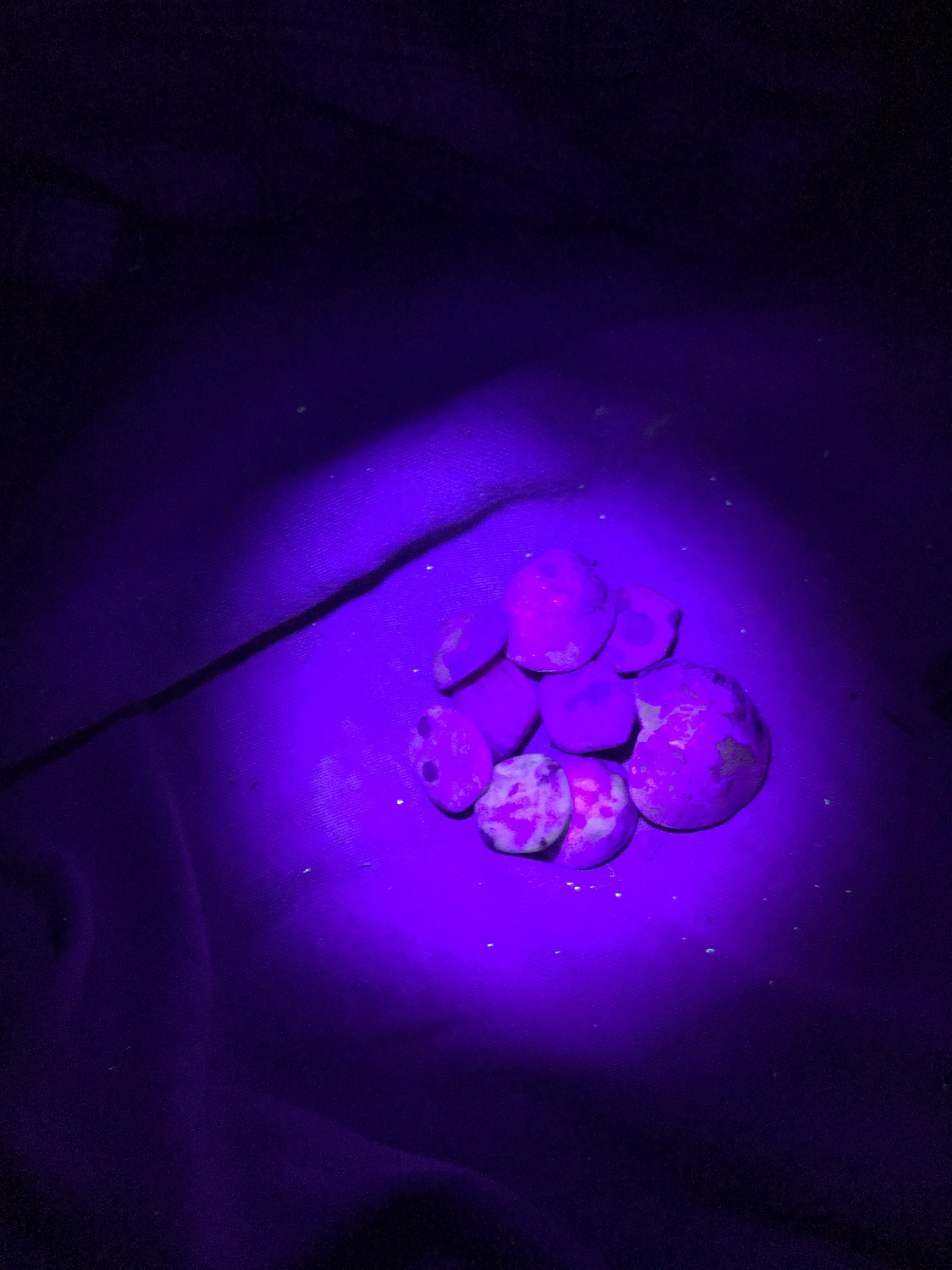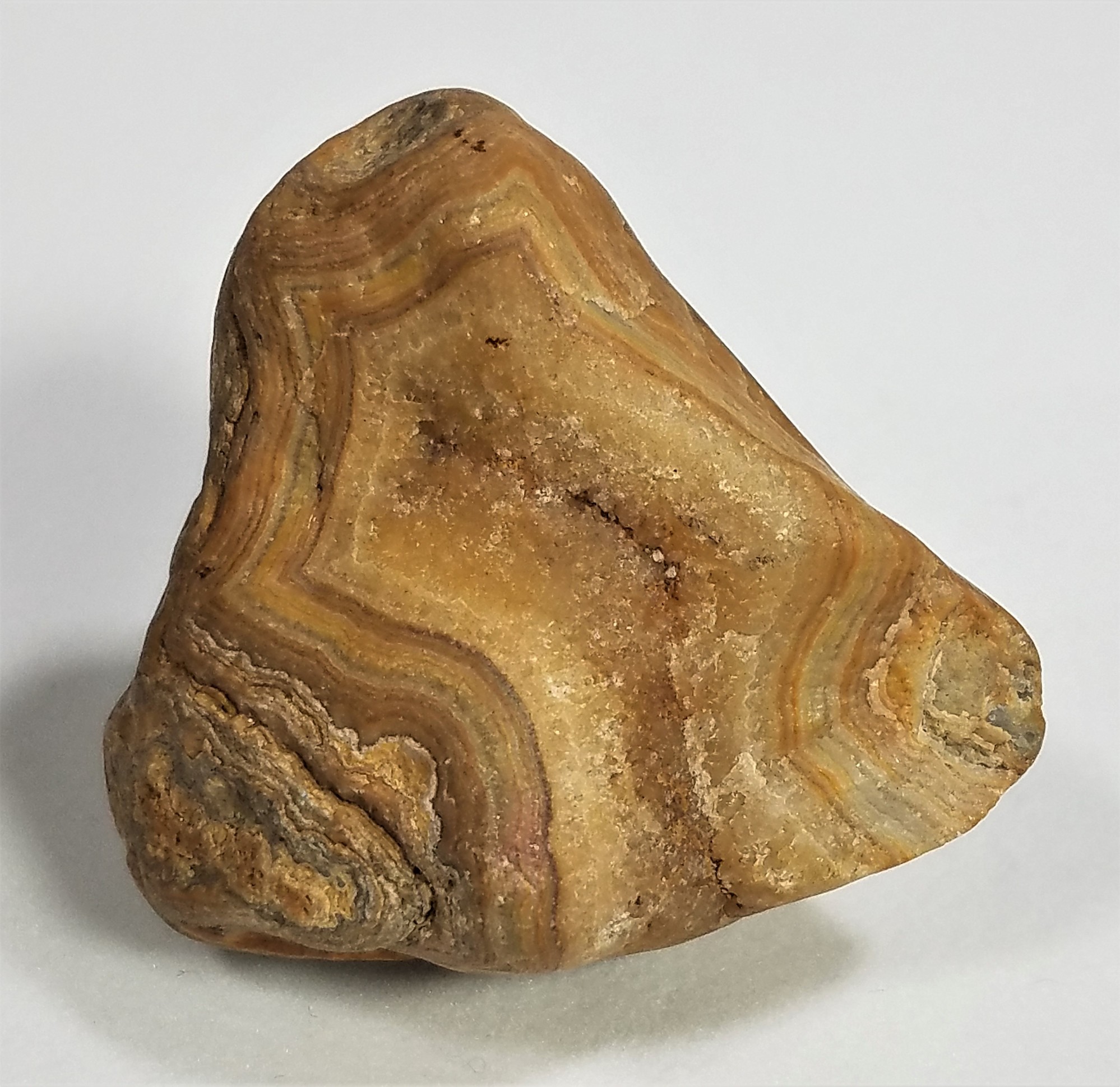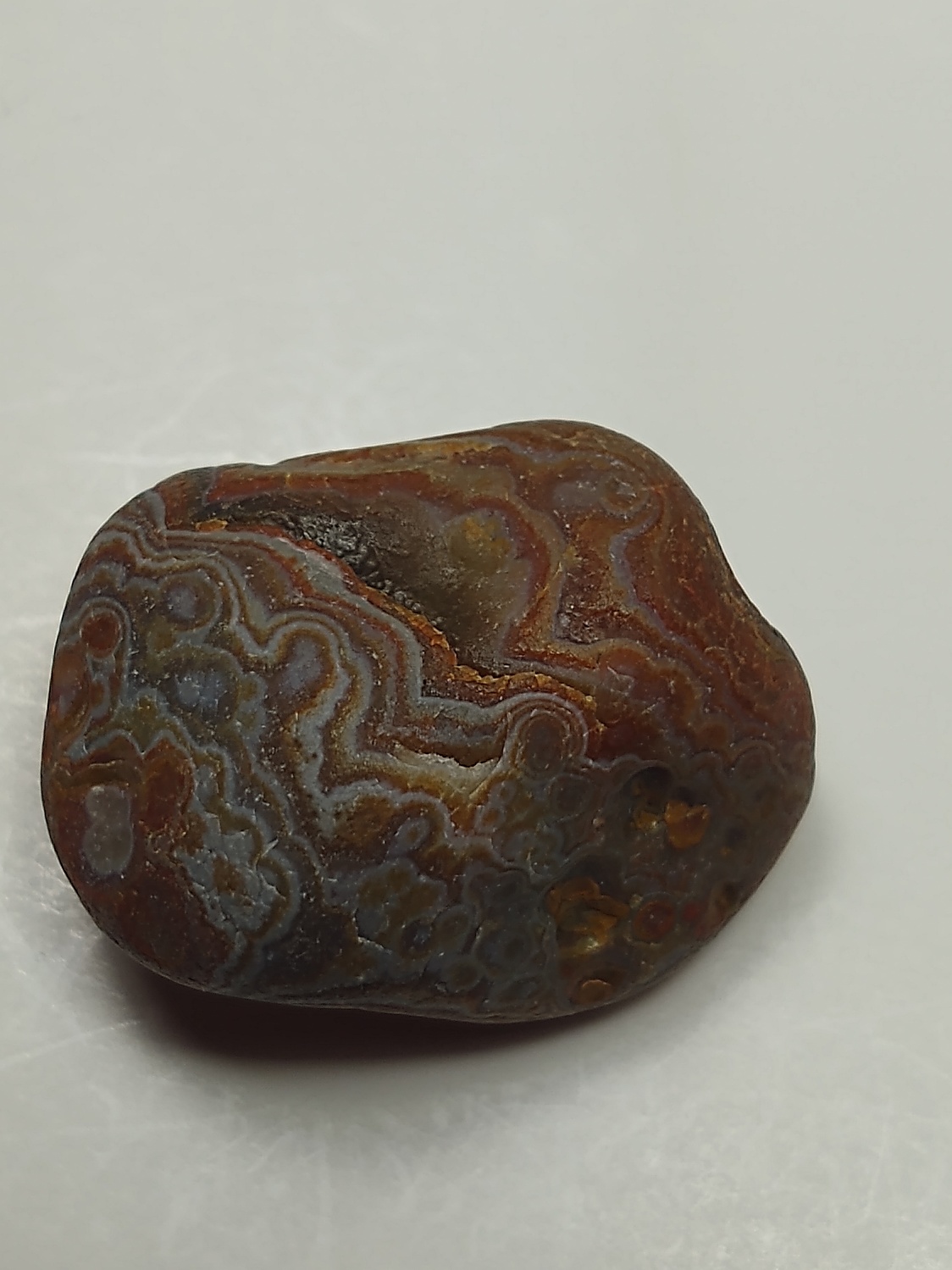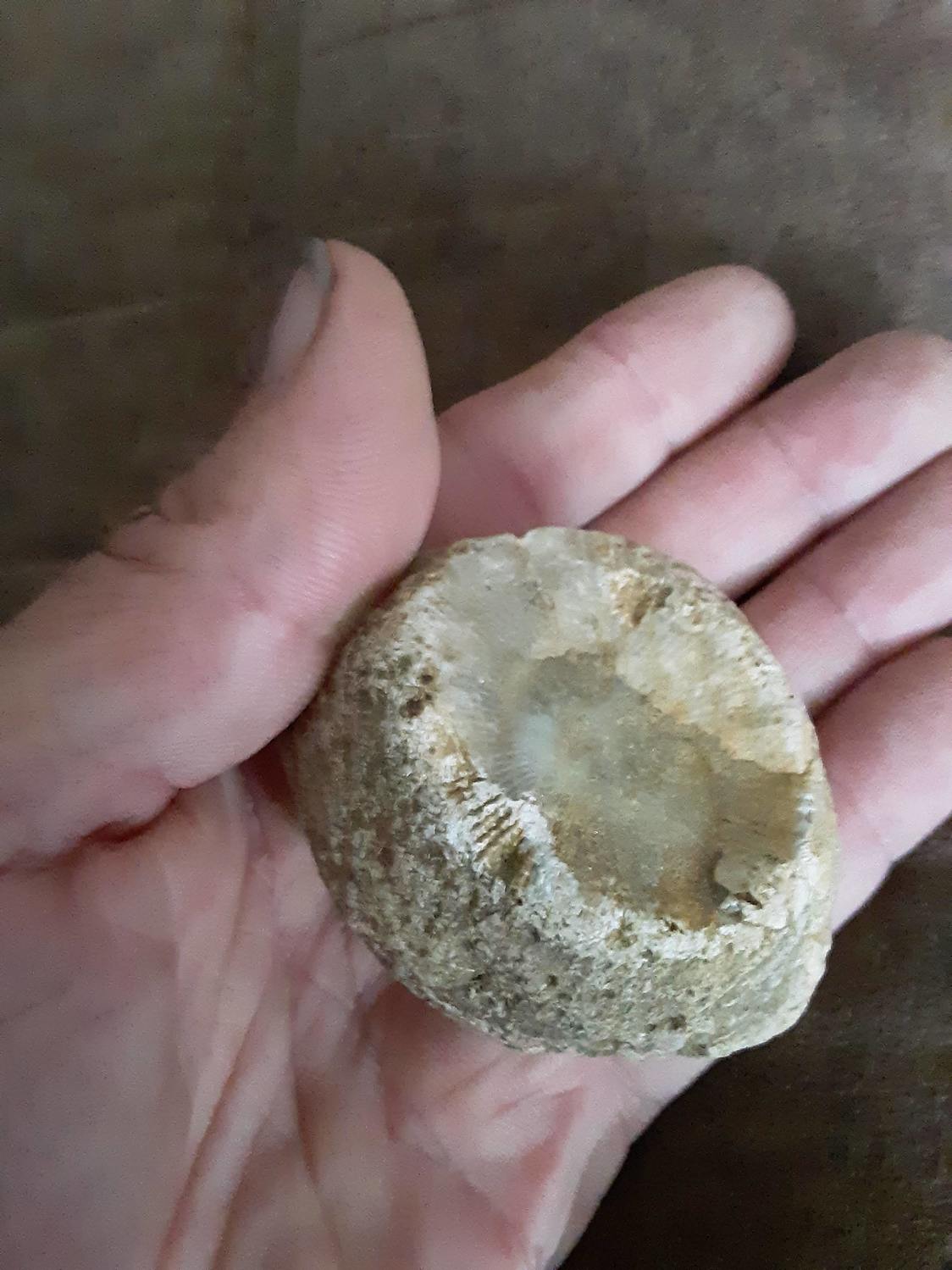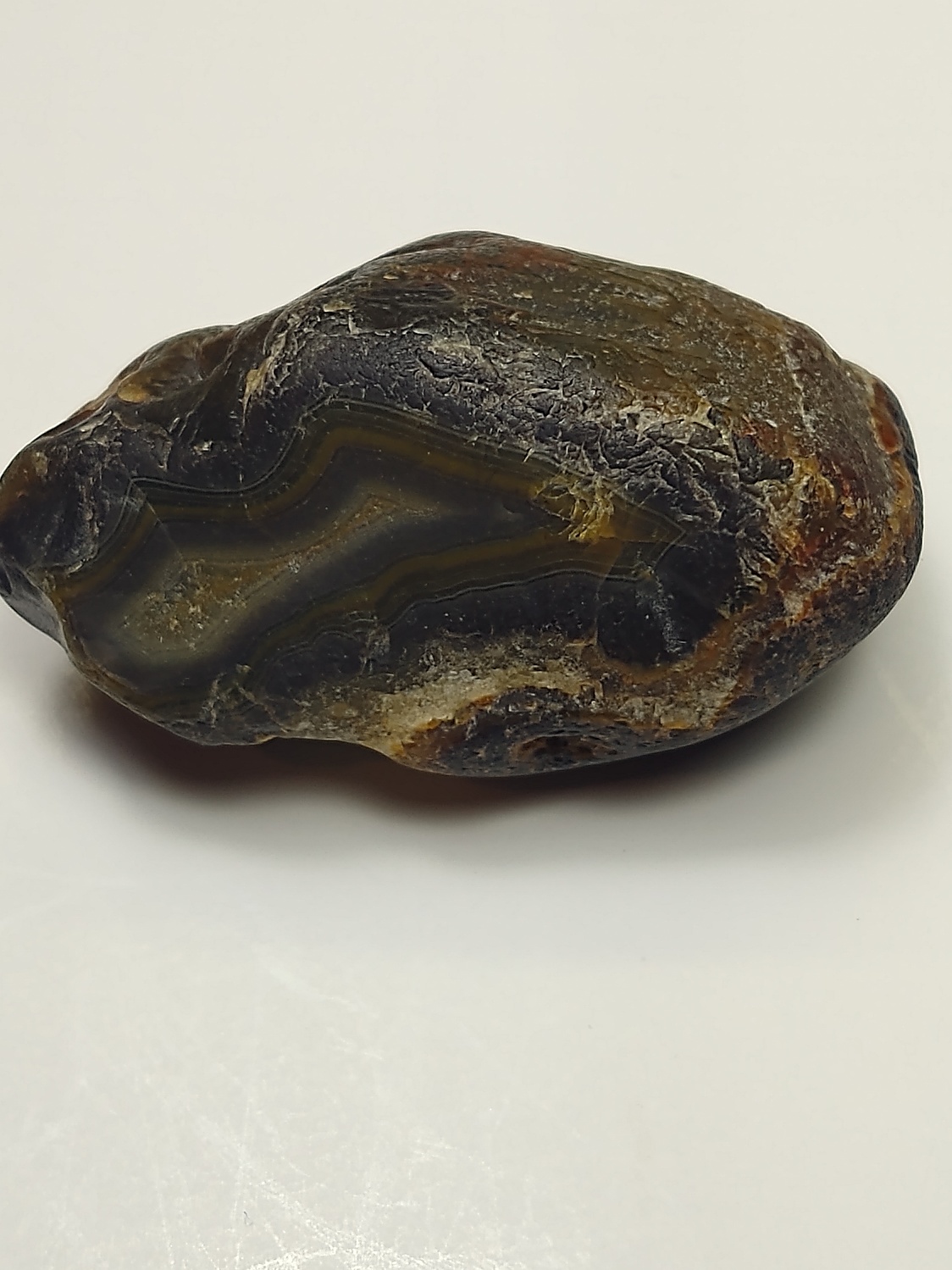Home PageAbout MindatThe Mindat ManualHistory of MindatCopyright StatusWho We AreContact UsAdvertise on Mindat
Donate to MindatCorporate SponsorshipSponsor a PageSponsored PagesMindat AdvertisersAdvertise on Mindat
Learning CenterWhat is a mineral?The most common minerals on earthInformation for EducatorsMindat ArticlesThe ElementsThe Rock H. Currier Digital LibraryGeologic Time
Minerals by PropertiesMinerals by ChemistryAdvanced Locality SearchRandom MineralRandom LocalitySearch by minIDLocalities Near MeSearch ArticlesSearch GlossaryMore Search Options
The Mindat ManualAdd a New PhotoRate PhotosLocality Edit ReportCoordinate Completion ReportAdd Glossary Item
Mining CompaniesStatisticsUsersMineral MuseumsClubs & OrganizationsMineral Shows & EventsThe Mindat DirectoryDevice SettingsThe Mineral Quiz
Photo SearchPhoto GalleriesSearch by ColorNew Photos TodayNew Photos YesterdayMembers' Photo GalleriesPast Photo of the Day GalleryPhotography
╳Discussions
💬 Home🔎 Search📅 LatestGroups
EducationOpen discussion area.Fakes & FraudsOpen discussion area.Field CollectingOpen discussion area.FossilsOpen discussion area.Gems and GemologyOpen discussion area.GeneralOpen discussion area.How to ContributeOpen discussion area.Identity HelpOpen discussion area.Improving Mindat.orgOpen discussion area.LocalitiesOpen discussion area.Lost and Stolen SpecimensOpen discussion area.MarketplaceOpen discussion area.MeteoritesOpen discussion area.Mindat ProductsOpen discussion area.Mineral ExchangesOpen discussion area.Mineral PhotographyOpen discussion area.Mineral ShowsOpen discussion area.Mineralogical ClassificationOpen discussion area.Mineralogy CourseOpen discussion area.MineralsOpen discussion area.Minerals and MuseumsOpen discussion area.PhotosOpen discussion area.Techniques for CollectorsOpen discussion area.The Rock H. Currier Digital LibraryOpen discussion area.UV MineralsOpen discussion area.Recent Images in Discussions
GeneralLake Superior type agates from Lower Michigan

25th Nov 2014 14:17 UTCLarry Maltby Expert
The possible source for these agates is Michipicoten Island or Mamainse Point or, perhaps flow tops under Lake Superior between these locations. Please include agates from these localities if you have them.
This photo of the agate from the gravel in the Au Sable River was sent to me by a friend and I don’t have the size. I would guess about 2 or 3 cm. It is especially interesting because of the calcite casts outlined with agate banding.
25th Nov 2014 16:16 UTCChris Stefano Expert

25th Nov 2014 21:17 UTCLarry Maltby Expert
We will try to make it up there in the spring and I will E-mail you. Hopefully we can get together and I can get a picture of the float.
25th Nov 2014 22:38 UTCPaul Brandes 🌟 Manager
As you already stated, the ice flows that covered/created the Great Lakes kind of came from the wrong directions to get agates or float from the UP down to the Lower, although in nature anything is possible. I suspect Mamainse would be a prime candidate, as would Michipicoten or Caribou Is. if in fact a "renegade" ice flow came from that particular direction. I don't believe I have anything from the Lower, but will have a look.
Looking at the photo you posted, I guess I should have been looking for agates in the gravels on the Au Sable in addition to fly fishing for brookies!! :-D

26th Nov 2014 13:26 UTCLarry Maltby Expert

1st Dec 2014 10:10 UTCBart Cannon
I have an old 35 mm slide of my mom sleeping on a big erratic in the Middle of the Au Sable River. More of a long lake than a river as I have come to know them now, here in my Washington State habitat.

1st Dec 2014 17:01 UTCLarry Maltby Expert
Great to hear from you! I now have another data point for my study. About 4 or 5 years ago, I spent a lot of time studying the glaciation of Lower Michigan. As you know the “reworking” of the face of the earth by ice is a fascinating story. I live on the side of the Port Huron Terminal Moraine about 100 ft. above the valley floor. With all of the time that I have searched the till, I have never found a rock from the Keweenawan formation to the north. I do find “pudding stones” that can be traced to Bruce Mines, Ontario and many granites that are likely from the Canadian Shield.
The story about your first mineral specimen is similar to mine. I also was infected with the “collecting gene” but my focus was on biological specimens. I became disappointed because my pressed leaf collection was crumbling and the legs were falling off of my insect collection. Around 1950 we took a family vacation camping in the Keweenaw. There was no Mackinaw Bridge so we crossed the Straights on the car ferry. The famous Quincy No. 6 shaft house was still standing (burned in 1956). Huge poor rock piles were everywhere (now depleted by crushing for construction). I saw my first agates in local shops and was told that they could be found on the beaches. That was it! I would be a mineral collector. My collections would last forever! That was before my “cocks comb marcasite” from the tri-state area crumbled in its specimen box. Never-the-less, mineral collecting has stuck for a lifetime.
1st Dec 2014 17:45 UTCDana Slaughter 🌟 Expert

1st Dec 2014 19:04 UTCAllan Blaske
Regarding agates, I once found a yellow-brown (kind of butterscotch colored) agate that was clearly not a Lake Superior agate (I got a BS and MS at MTU so I know what the lake agates look like). However, I would occasionally find pieces of amygdaloidal basalt in the drift in Cass County, but they didn't look quite the same as stuff from the Keweenaw. Now in Eaton County I also occasionally find amygdaloidal basalt, but again the stuff looks too metamorphosed to be Keweenawan in age. There must be basaltic rocks with flow-top structures in the shield rocks that are older than Keweenawan, because I don't ever see anything that resembles the "fresh" basalts of the Keweenaw or the Mamainse Point area.
2nd Dec 2014 00:48 UTCPaul Brandes 🌟 Manager
I had to chuckle at your one comment though Allan:
"I got a BS and MS at MTU so I know what the lake agates look like".
When I was going to school there (getting my MS as well), there were some MS and PhD students that thought they could tell you everything about a volcano by looking at a computer screen, but set a simple rock sample in front of them and they were completely lost; they had no clue what it was or how to ID it. Pretty sad........

2nd Dec 2014 22:46 UTCLarry Maltby Expert
If your agate showed banding then it is most likely from the basalt of the Lake Superior area and I will use the location where you found it as a data point. Over the years my son and I have extracted hundreds of agates directly out of the Lake Shore Traps in the Keweenaw and there is significant variety of color and form.
Allan,
I also think that there was a north to south movement of the lobe in Lake Michigan. The shape of the lake suggests it. Also, during my research, I read a professional paper stating that after the ice front receded north past the Straights, there was another localized advance of the ice down Lake Michigan called the Valders Sub Stage (Greatlaken). The advance overrode the Upper Peninsula east of Munising and must have clearly been north to south. One wonders if some of the agates that occur on the beaches a Grand Marais were carried into Lake Michigan. If so, not many of them have been found!
It is interesting that you found amygdaloidal basalt in the till. As Bart says, I am going to keep my eyes peeled for that.
3rd Dec 2014 02:28 UTCDon Windeler
I grew up in far SE Michigan in the town of Woodhaven, southern Wayne County. Circa 1980 I found a yellowish agate that sounds a lot like the one Al references; it didn't have the look of the traditional Laker, though I'll admit I'm no expert on the breed. I found it lying in the street, rather than in a quarry or other in situ locale.
Apropos of nothing, that's a piece I regret losing track of. There were rough vesicles on one side that looked like the scare mask from the "Scream" movie franchise, and I convinced my light-sleeping younger brother that it was a 'ghost vacuum' that would protect him at night. At some point he lost it -- not sure where or how, but now I wish I'd kept it and let him deal with his own concerns at the time!
Cheers,
D.

20th Jul 2016 05:09 UTCJaimie Salzano
We live in northern Otsego county and find many wonderful agate specimens. Attached one of the better ones found in the woods.
Curious why agates only here because of glaciers and not volcanic activity? Michigan has 4 known volcanic periods, some of the agates/jasper specimens we've found look very similar to blue lace agates in Africa?

20th Jul 2016 11:14 UTCWayne Corwin
20th Jul 2016 12:13 UTCPaul Brandes 🌟 Manager

5th Feb 2017 23:33 UTCJames Reitman
Hello there,
I'm interested in finding out more about this...From what I can find on the web it appears to be a blue lace agate (please correct me if I am wrong). The outer edges are covered in a very bright rust colored metallic material...Maybe iron? I found this a few years ago while working a landscaping project on Mackinac Island. I have lived on the island my whole life and have found many interesting things but never something like this. Also, i have never seen a possible source for the reddish color material anywhere on the island or surrounding area. It is a well known fact that Mackinac was a major hub for trade over the last few hundred years...Wondering if this was deposited here by glaciers or perhaps came by the hands of our ancestors. Any insight would be greatly appreciated!!
6th Feb 2017 00:14 UTCReiner Mielke Expert

19th Aug 2019 02:53 UTCChris Leifson

6th Feb 2017 00:35 UTCDoug Daniels

6th Feb 2017 05:37 UTCSteven Kuitems Expert
Hope this would be of interest,
Steven.

7th Feb 2017 11:51 UTCLarry Maltby Expert
Nice find from Mackinac Island. First of all, it is not necessary to try to name your agate with one of the hundreds of trade names that have been created by dealers that are selling agates. When a random agate is found in a location that is not known to produce a certain type of agate it is almost impossible to get agreement on what to call it other than just “agate”.
It is highly probable that your agate originated in the Keweenawan basalts to the north of Mackinac Island. The question is how did it get to the Island? The agate shows very sharp edges and a thin coating of iron oxides on the exterior surface. If it was deposited by glacial ice, the sharp edges would be rounded and the soft iron oxides would be worn off except in deeply pitted areas. As you suggested, it seems to me that the agate was probably extracted from the basalt by human hands and then lost on Mackinac Island where you found it.
Here is a link to a gallery of agates from Keweenawan rocks, many of them extracted from directly from the basalts.
https://www.mindat.org/g/514
7th Feb 2017 12:07 UTCPaul Brandes 🌟 Manager
-------------------------------------------------------
>The question is how did it get to the
> Island?
Post-glacial hominid activity, perhaps? :-D
And James: How lucky you are to live on such a beautiful island! (tu)

7th Feb 2017 12:41 UTCLarry Maltby Expert
It is interesting that you mention agates in the glacial deposits in Iowa. I can remember that when I started collecting in the 50’s and 60’s rockhounds were welcome to sit beside the conveyers in the gravel pits near Muscatine and pluck agates off the belts as they passed by. Those were the good old days.

8th Feb 2017 22:26 UTCDaniel Bennett
the piece pictured above has all its edges so it either formed there(probly not), was put there by man (definitely possible)or was carried there inside a piece of basalt(either by glacier or water) and eroded on site. if that's the case the dirt where it was found (depending on the size of basalt)might resemble eroded basalt and differ from the normal sandy ground and another agate might be found in the immediate area. revisiting the landscaping site could help. otherwise yes a tourist left it there.
10th Feb 2017 01:32 UTCPaul Brandes 🌟 Manager
-------------------------------------------------------
> perhaps a huge chunk of amygdaloidal basalt the
> size of a house could have been carried by a
> glacier. and dropped in places in lower Michigan
> creating whats seems like a source of agate.
Perhaps, but in situations such as this, one would be wise to revisit Occam's razor and think about the simplest way an agate would have gotten to an island made entirely of sedimentary rocks such as Mackinac Island. As Larry suggested, I would venture to say it was extracted elsewhere, carried to the island by someone, then dropped/lost until found by James many years later.

23rd Mar 2017 16:03 UTCLinda Fager
Larry,
I stumbled unto your page because I was looking up more information on Lake Superior Agates and want to go to look for them one day soon.
I've never been to Lake Superior before- but, have visited the Upper Peninsula.
I found an Agate years ago at age 13 and knew it was an Agate but, no idea that it could be a Lake Superior Agate but, I'm sure
it is by your description and from what I've seen from pictures online.
I didn't even know they were valuable- I just have always been a rock hound and collected rocks even as a child because
Rocks fascinate me!
I DO still have my Agate and will send a pic as soon as I locate the bin I stored it in as we just moved a year ago.
Here's some details about it:
Found in Lower Michigan - at Birch Lake, Porter Twp., Cass County, Vandalia, MI in 1973.
I was 13 then and am 56 yrs. old today so, 43 years I've kept my Agate and have NEVER found another like it.
It was near the shore and I was just picking thru the rocks and found this one and my first quartz geode.
It is about the size of a 50 cent piece from what I remember but, I will send pics as soon as I locate it.
The bands are red, brown and yellow and resembles an eye.
I NEVER polished it- just loved it and it is the prettiest rock I own.
I like Petoskey rocks and they remind me of little spider webs and have a few of those.
But, don't think I have any more Agates- only this one!
I'm anxious to find it to show it off to you so, you can log the location of the glacier movement.
I'll be in touch soon.
Linda :)


25th Mar 2017 12:15 UTCjeff yadunno
like this image i found:
http://www.ordovicianatlas.org/wp-content/uploads/2014/03/Foerstephyllum_vacua_800px.png
i have found ones like the one above(not my photo) on the shores of lake ontario and georgian bay

25th Mar 2017 22:34 UTCMichael Harwell
In picture 1 that you posted I believe the top right larger stone that is purpley reddish with some white material. I'm thinking these are similar.
I find them in California beaches as well. Always wanted to know what it is specifically.
Anyone? Any ideas?
Can you find Carnillian there as well? What would raw carnillian found on a sandy / pebble beach look like?

25th Mar 2017 22:55 UTCLinda Fager
Yes the one on the left I called a honeycomb rock- I found it in the same lake as my Agate-
I wondered if it could be of the Lake Superior Agate collection as same exact colors - I'm sure I found them the same day in lower Michigan- Cass County
But, I was hoping Larry- could identify my Agate as a Lake Superior Agate found in lower Michigan was the main reason I posted.
I have been a rock hound for years- but, a novice at minerals and Agates.
I have several other rocks found in Cass Cty., Lower Michigan that look somewhat like a beehive-
Thanks for sharing your fossils- those are too cool :)

25th Mar 2017 23:23 UTCLinda Fager
I have no idea what that stone is- I found all these in Lower Southwest Michigan, Cass County.
The banded one is definitely an Agate- the only Agate I own.
These are just some of my favorite stones I collected over the last 40 years- I have lots and lots more.
I put them in water in the white container to show the colors more.
I know most common stones- but, of course would like to know what this is too-
Thanks for your inquiry- maybe someone more advanced in rocks and minerals will answer our question :)

26th Mar 2017 00:13 UTCLarry Maltby Expert
I have also found a few samples of agatized coral similar to yours on the beaches of Lake Superior however; I don’t know where they originated. The corals would not have grown in the igneous basalt.
26th Mar 2017 04:10 UTCPaul Brandes 🌟 Manager
I would venture to say that your LS Agate is from the basalts on the east end of Lake Superior. Larry is correct in that it was the glaciers that brought your agate down to Lower Michigan. I too have found agates similar to Larry's on the beaches west of Copper Harbor. Many are gemmy, but some are also opaque and polish up quite nicely. The fossils found along Lake Superior are said to come from further north along Hudson Bay and brought south by the glaciers. Yours Linda could very well be from a local source as you are in the heart of the Michigan Basin.

27th Mar 2017 19:17 UTCLinda Fager
Larry-
You said in an earlier post...
If you have a Lake Superior type agate found in the lower peninsula of Michigan please post it here. Unlike the multitude of Lake Superior agates found in the alluvial river gravels of the Mississippi River valley, agates of this type are exceedingly rare in the glacial till of Lower Michigan. I would like to plot the location of agates of this type on the map. I know of only two.
If My Agate is the 3rd Lake Superior Agate - that you know of- and exceedingly rare- then, do you know what it would be valued at?
I see online that people are selling Lake Superior Agates $300 and up - but, I do NOT wish to sell- just curious of it's value.
And I did not know the similar colored stone is a Lake Superior Agatized Coral- I just called it my Honeycomb rock!
Is that valuable as well? I forgot I had that one!
I have been a rock hound since a child but, admit I have not gone "rock-hunting" anywhere not even Lake Superior-
My rocks were just stored in bags but, now I've bought clear boxes to sort according to type and will make notes if I remember the location
I found them.
I collect all kinds- and really only familiar with common names- and I'm a novice to minerals such as Agates!
We are planning a day away in June and I was googling for more information on Lake Superior Agates because of an Article I had on the Agates from years ago and thought it would be neat to go rock collecting one day.
It's exciting to know I Own a Lake Superior Agate and Agatized Coral- as I found them both in the same lake and the geode next to them.
I found them only about 10 miles North of the Indiana Michigan State Line in Lower Southwest Michigan.
So, All my rocks have been found in Cass County, MI for the exception of a few I found on Trips visiting friends over the years and on walks.
I'm googling now for places to hunt the Lake Superior Agates- We may not have to go All the way to Lake Superior as some are finding them in Lake Michigan I read.
If you can suggest a good hunting spot or town, please let me know.
Larry, now you can record your 3rd point of Agates on your map :)
If you need more pics- please let me know.
I put my rocks in water to show the Agate bands better- but, read where some use mineral oil to coat and clean them.
Thanks again for All the information you have really enlightened my knowledge :)
I will continue to follow this thread and share other rocks of interest to you if I have any you want to see.
Sincerely-
Linda :)
28th Mar 2017 03:53 UTCPaul Brandes 🌟 Manager
If you can get away in August and travel to the Keweenaw Peninsula, you might be interested in registering for and attending the Keweenaw Week 2017 festivities, put on by the Copper Country Rock & Mineral Club August 7-11, and then the Annual Rock & Mineral Show August 11-13.

28th Mar 2017 11:56 UTCLinda Fager
Thanks for the information!
I'll check into it-
We can go any time but, just wanted a day get away to get back to our animals :)
But, I'm sure lots of good information here.
Thanks!

28th Mar 2017 15:00 UTCLarry Maltby Expert
I am the worst person of all to comment on the value of a specimen. I no longer think about the dollar value of what I collect or study. I am interested in your agate because of where it was found. You are interested in your agate because you found it yourself a long time ago. I don’t think that because your agate was found in an unusual location it adds much to the value. It is a very nice sample of a Lake Superior agate and I will plot its location on the map of Michigan. To put this in perspective, I am now 80 years old and I have lived all of my life in Michigan. I was an outdoorsman. I have hunted, fished, hiked, collected in streams, beaches, and gravel pits in the Lower Peninsula and I have never found a Lake Superior agate there. You found a very nice specimen.
If you are going to collect on Lake Michigan beaches I suggest that you look for a “free stone” beach. A “free stone” beach usually has a sandy substrate and if there is gravel present, it will be washing in the waves at the waterline. During storms the gravel and sand will tumble and that action will keep the rocks clean. If the substrate is clay or marl, the gravel will be “impacted” and will not tumble. It will become coated with algae, etc. and you will not be able to see the color and texture of the rocks.
28th Mar 2017 15:58 UTCTimothy Greenland
How nice to see the term "impacted" used in its real sense rather that the modern abuse of 'having an impact on' !
Cheers
Tim

28th Mar 2017 16:23 UTCLarry Maltby Expert
That term goes back to my trout fishing days. Trout streams are either free stone or impacted. Free stone is better because it provides better habitat for aquatic insects (trout food). It also aids in spawning (more fish). And, when you think about it, it helps beach collectors too.
28th Mar 2017 17:20 UTCTimothy Greenland
Cheers
Tim
PS I must stop hacking this thread - I have no knowledge of Lake Superior agates, so my musings are to be ignored.

28th Mar 2017 17:22 UTCD Mike Reinke

29th Mar 2017 13:44 UTCLinda Fager
I appreciate all your input and I'm glad I found this forum to post about my LS Agate and Coral.
I have learned alot and finding more information online.
Thanks to everyone who have replied to give me their input.
It is greatly appreciated.
If there are other rocks of interest that you seek from lower Michigan- please let me know....I may have one!
Sorting my rocks last night I found a Quartz with actual clusters of Crystals sticking out of it and I can only remember that it was
left at a Farmhouse we purchased and lived at for 16 years.
I Did not find this rock. I didn't write a note where I received it from but, it wasn't in the bag of special rocks I had found-
So, I'm sure it was from the farmhouse and the owners left a small old rock tumbler and I knew they
travelled so, I'm guessing this came from Out West somewhere.
It was exciting to find it among my collection for sure.
I'm starting to organize all the rocks I've found- and I'm surprised and fascinated by them all :)
If you need pics of anything I'll be happy to oblige-
Thanks again for the type of shores I need to look for since I've never been in the UP to rock hunt- but, just
once or twice to a cabin for a get away.
My email: teflin@frontier.com
If you feel you need to contact me for anything :)
Linda :)

14th Apr 2017 10:52 UTCLinda Fager
I found this online- it's gorgeous.
From: www.agatelady.com
Is yours like this one?
Would love to see what yours look like also.
Thanks.
Linda :)
14th Apr 2017 12:11 UTCPaul Brandes 🌟 Manager
Sure! Click the link below for the Lake Superior Agate pages. There you will find my photos and quite a few others:
Lake Superior Agate page

1st Aug 2017 03:00 UTCWilliam W

19th Aug 2019 02:57 UTCChris Leifson

1st Aug 2017 03:37 UTCMichael Harwell
20th Aug 2017 03:00 UTCPaul Brandes 🌟 Manager
All three are very nice!

22nd Nov 2017 05:47 UTCKim (Kim Agrusa)

22nd Nov 2017 11:51 UTCLarry Maltby Expert
I have collected the Lake Michigan beaches north and south of Norwood, Michigan but have never found a Lake Superior type agate. The beaches are covered with a great variety of interesting rock materials from further north and provide some interesting collecting. I am currently working on other projects but I do plan to plot all of the location data here on the map of Michigan. Eventually I will post it here.
Larry,

19th Aug 2019 02:57 UTCChris Leifson
22nd Nov 2017 23:34 UTCPaul Brandes 🌟 Manager
Thank you for this information. If possible, could you please post a photo of each for us to see?

23rd Nov 2017 03:40 UTCBill Baker Barr
Back in the 1950s and 60s when I was a kid, I probably looked at every beach pebble at the north end of Mullett Lake in Cheboygan County at the tip of the mitt. Among many other treasures, I found one small agate that I am pretty sure was a Laker. It was about 2 cm across, beach or ice worn but with one broken surface, with tight, contrasty red and white banding. It may still be squirreled away somewhere up at the cottage. The beach where I found it is at the very northernmost point on the Mullett Lake shore, about 1/4 mile west of the Cheboygan River.
Other finds there included non-Laker agates, some seemingly nodular but many more as veins in sedimentary rocks; a partial trilobite impression in a marly-looking sediment; and agatized corals, which were fairly common (until I picked them all up). I also found one small piece of what the Canadians call peristerite with a beautiful blue flash of adularescence.
Down in the southeast corner of Michigan, we find a pink, white and gray agate, kind of porous with some oolitic structure (see photo). It's kind of pretty and takes a polish if you can work around the little drusy crystal pockets. It occurs in glacial gravels, and I guess its bedrock exposure could be somewhere under Lake Huron or up in Ontario near Bruce Mines, where the puddingstones come from. It might be nice to track its source down. Canadian brothers and sisters, do any of you recognize it?
Agates... gotta love 'em!
Bill

23rd Nov 2017 05:00 UTCWalter Kellogg

23rd Nov 2017 11:26 UTCLarry Maltby Expert
Thanks for the info. I had forgotten about this oolitic cream and red agate found in the till in southern Michigan. I do recall that an article was written about it in the pre “web” days. The article was in one of the magazines, perhaps an old Lapidary Journal when it still had a mineral collector focus. I have since given all of my old mags to my son. It would take hours to find the article. Maybe someone will come across it and report it here.
I do not recall that the in-situ location of this material is known. As Bill pointed out the in-situ location of the pudding stones is near Bruce Mines. It would be interesting to start a thread about what is found in the till of the lower peninsula of Michigan.

24th Nov 2017 01:43 UTCWalter Kellogg
I agree, perhaps we should start such a thread. Over the years,people have shown me a number of specimens of amethyst they had found in southern Michigan. On at least two occasions, it was attached to red granite and sure looked like Thunder Bay material. Also, I was told there was a large boulder of the same material, red granite and all, the size of a small car, located between Brighton and Pinckney. The point being, the Keweenaw is in almost a direct line between Thunder Bay and SE Michigan. So, it certainly is possible a few lakers made their way down here.
Still waiting for the oolitic agate to clean up to get a picture. I hike a lot in Pinckney, Waterloo and Island Lake Rec. areas (almost daily) and always keep my eye on the ground. Lots of chert, ocher colored jasper, pudding stones and an occasional oolitic agate - but never anything looked like a laker agate (or amethyst for that matter).
24th Nov 2017 23:47 UTCPaul Brandes 🌟 Manager
There seems to be a reference to Michigan oolitic agate in Lapidary Journal, v. 12, no. 6, p. 805.
25th Nov 2017 01:55 UTCPaul Brandes 🌟 Manager
-------------------------------------------------------
> The point being,
> the Keweenaw is in almost a direct line between
> Thunder Bay and SE Michigan. So, it certainly is
> possible a few lakers made their way down here.
>
Not a chance! Think about the direction of the glacial lobes as they moved out of Canada. The lobes that moved over the Keweenaw dropped their goodies into Wisconsin, Minnesota and points southwest. Most, if not all, of the material you're finding in the glacial tills of lower Michigan came from northern and eastern Ontario via the Lake Michigan, Saginaw, and Huron lobes. The Lake Michigan lobe likely brushed current eastern Lake Superior during the last glacial maximum which would have picked up material from those areas which are known to contain native copper and possibly, agates.
Concerning the oolitic agates, I would bet these are coming from areas like Bruce Mines, Blind River, and points north.

28th Nov 2017 02:04 UTCBill Baker Barr
Seems like there would have been a LOT of water flowing in all directions when those glaciers started to melt. Isn't it possible that some of that rushing water carried material from the Lake Superior agate beds toward what became the Lower Peninsula, either directly or by moving material that had already been dragged southwest by the ice?
As for the oolitic agate, I'm hoping to take a trip next year (after this winter's glaciers melt!) to the north end of Lake Huron, looking for puddingstones and minerals. I'll keep my eyes open for oolites.

19th Apr 2018 15:07 UTCLars ADAMS

19th Apr 2018 17:10 UTCLarry Maltby Expert
Walt, I agree with Paul. The evidence is strong that the “Keweenaw” agates were pushed by the ice toward Duluth. I have a friend in Copper Harbor that has done a lot of scuba diving looking for agates. He told me one day that there were glacial groves under Lake Superior in front of his house (about 4 miles west of Copper Harbor). I asked if they were parallel to the shore in an east to west direction. His answer was yes. Due to immense pressures, glacial ice becomes “plastic” and will divert direction when it encounters an obstruction like the Keweenawan Highlands. Compared to the huge amount of agates found in the alluvial gravels of the Mississippi River watershed, the number of agates found on Lake Michigan beaches and in the Lower Peninsula is very few. The ones that are found likely came from the area of Michipicoten Island.
Bill, as the ice melted the outwash is well documented over geological time. It is detailed and complicated. If you take the time to do the research it is an interesting story. The most prominent outwash was at the west end of Lake Superior into the Mississippi River watershed and, down the St. Lawrence River valley into the Atlantic Ocean.
Lars, your gray and white specimen looks like banded chert to me. I have seen this in the glacial till in several places.
22nd Apr 2018 00:50 UTCPaul Brandes 🌟 Manager
If they are "cold water agates" formed in limestones/dolostones, they are likely banded cherts rather than true agates. I also note the sugary texture these appear to have, not indicative of an agate.
22nd Apr 2018 02:23 UTCGregg Little 🌟
Secondly the laminations are unusual for agate in that they are not concentric or in parallel lines as seen in various nodular agates. Instead the layers are reminiscent of sedimentary structures like discontinuous, truncated, fore-set and top-set lamina. Theses characteristics may point toward a silica replacement of sediments or sedimentary rock, possibly a carbonate as indicated by Paul B.
In contrast to the "cloud agate" see the "oolitic agate" earlier in this thread which clearly appear as silicified fossil structures of a microcrystalline or cryptocrystalline grain size.
22nd Apr 2018 18:04 UTCGregg Little 🌟

24th Apr 2018 04:10 UTCIain Brown
Pictures of them on my google plus.
https://plus.google.com/u/0/photos/photo/106134148546915552627/6154098257201466850
https://plus.google.com/u/0/photos/106134148546915552627/album/6187426757990670049/6187426754387409106?authkey=CKnT5K7Ri5W8pQE
https://plus.google.com/u/0/photos/106134148546915552627/album/6187426757990670049/6187426755233214770?authkey=CKnT5K7Ri5W8pQE
https://plus.google.com/u/0/photos/106134148546915552627/album/6187416426979540737/6187416425181677522?authkey=CKGp9Lyt7ObsqQE
https://plus.google.com/u/0/photos/106134148546915552627/album/6187416426979540737/6187416423253132898?authkey=CKGp9Lyt7ObsqQE

29th Apr 2018 00:37 UTCGordon Grimm
In following your lead on locations of agates found,I found a blue banded agate,possibly a peeler,in an odd place.
I found this one on top of a glacial hill in Bellaire Michigan! I found smoky agates here and now a. Blue one!!!
29th Apr 2018 18:46 UTCGregg Little 🌟
I am always fascinated with the agate collector's terminology. What is your definition of a "peeler".
Cheers, Gregg
29th Apr 2018 20:12 UTCPaul Brandes 🌟 Manager
Gregg: a "peeler" agate is one that has been exposed to the elements over time and through differential weathering, some of the bands erode faster than others. The result is an agate that appears to have had its layers peeled back, almost like an onion.

29th Apr 2018 20:53 UTCLarry Maltby Expert
Thanks for the photos and the location. I am currently working on a project but when I finish I still plan to log all of these locations on a map of Michigan.
Gregg,
Here is a photo of a "peeler" that my son collected in the Lake Shore Traps in Keweenaw Co. Michigan.
29th Apr 2018 21:58 UTCGregg Little 🌟
A novel name. Reminds me of exfoliation in granite but of course, a different weathering process.

30th Apr 2018 05:12 UTCGordon Grimm

30th Apr 2018 13:35 UTCLarry Maltby Expert
Agates are often composed by layers of chalcedony a microcrystalline form of quartz. The natural color of chalcedony is usually shades of white to gray and pale blue. The vivid colors in agates are thought to be caused by various impurities. The red colors that you mention are likely caused by microscopic inclusions of iron oxides. The color of the specimen that you posted here may be the result of the lack of impurities.

1st May 2018 04:13 UTCGordon Grimm

6th Aug 2018 23:40 UTCAdam Wolgamott
Hello,
I found these 3 agates, the middle one was found in Lake Superior and the other two were found in Lake Michigan in Antrim county. I have some others from Lake Michigan as well but I chose to tumble them so I’ll have to share them with you in a few weeks.

19th Dec 2018 23:33 UTCBrian Fussell
20th Dec 2018 05:10 UTCPaul Brandes 🌟 Manager
Beautiful agate, fuss!!!

9th Jul 2019 06:57 UTCDylan Prosch

19th Aug 2019 03:12 UTCChris Leifson

19th Aug 2019 03:43 UTCChris Leifson




19th Aug 2019 03:53 UTCChris Leifson

19th Aug 2019 03:54 UTCChris Leifson

19th Aug 2019 03:55 UTCChris Leifson

19th Aug 2019 03:58 UTCChris Leifson


20th Aug 2019 01:58 UTCLarry Maltby Expert
Thanks for the photos. I think that you have had better luck than most in finding agates in the Lower Peninsula. The photo second from the bottom shows very nice Lake Superior Agates and just above that is an exceptional fossil replacement with great color. Your post is a valuable addition to this thread.
Currently I am working on another subject but I will eventually return to this thread and will map all of the locations given here. There are more finds of Lake Superior Agates in the Lower Peninsula than I thought when we started this thread.
Larry,
20th Aug 2019 02:55 UTCPaul Brandes 🌟 Manager
Welcome to Mindat, Chris!
Some great finds you have there, especially the Lakers from Emmet County. However, I'm not entirely convinced that what you're calling agates are actually that, but rather multicolored banded cherts. It's not unusual to find chert in limestone, and the Bois Blanc seems to have an abundance of chert and fossil fragments being replaced by chert/quartz. Don't get me wrong, some of those are indeed agates (and very nice ones at that). Agree that Photo 994273 is an amazing specimen.....

22nd Aug 2019 00:01 UTCChris Leifson

22nd Aug 2019 01:37 UTCChris Leifson


22nd Aug 2019 01:41 UTCChris Leifson

22nd Aug 2019 02:21 UTCBob Harman
Agate, by all definitions is microcrystalline QUARTZ with banding or lacy patterns.
CHEERS.......BOB

22nd Aug 2019 13:57 UTCLarry Maltby Expert
Bob, I don't think that Chris said that calcite was agate unless you are referring to the statement "Onyx=agate." That statement is true. You may be thinking that the word "onyx" is Mexican calcite but that is a marketing misnomer. I think that the abundant carvings from Mexico are actually travertine. The definition of onyx is: “translucent chalcedony in parallel layers of different colors. The first known use of the word onyx was in the 14 century in the meaning defined above."It was used historically by lapidaries to carve cameos, especially in black and white as seen here.

22nd Aug 2019 14:11 UTCBob Harman
That is what I was referring to.
CHEERS.......BOB

22nd Aug 2019 15:33 UTCLarry Maltby Expert
Larry,

22nd Aug 2019 17:14 UTCLarry Maltby Expert
I have a friend who was a geologist for the State of Michigan and he told me that, in general, fossils from the Silurian are replaced by quartz and fossils from the Devonian are replaced by calcite. These specimens seem to have originally been replaced by calcite and then underwent a secondary replacement with quartz. I have not found a proposed geological event that would explain this.

22nd Aug 2019 18:32 UTCBob Harman
To me it is sort of a matter of semantics of how you want to define "an agate". But the narrow definition of it just being limited to microcrystalline quartz with banding or lacy patterns, is the definition I prefer. For any one to include other non-quartz minerals with banding patterns an agate or to include adjacent non-quartz formations in the agate definition, opens a pandora's box of unnecessary complications.
Consider this rather silly situation for considering other minerals with banding patterns as agates:
In 2011 I visited Alaska and saw the terminus of Mendenhall Glacier. The terminus was about 50' high. Ice, the crystalline form of water, is considered a mineral. At the glacier's terminus there were many many parallel bands of grayish debris and gravel etc. If ice is a mineral, would it be appropriate, with this broad definition of an agate of any banded mineral, to consider the terminus a large agate?? I think not...... Agate is just banded microcrystalline quartz. CHEERS.....BOB

23rd Aug 2019 01:34 UTCLarry Maltby Expert
"A chalcedony is usually called an agate if it exhibits any of the following properties:
Banding of whatever kind, caused by different colors or different structure of the layers, or both.
Translucency in conjunction with being multicolored.
Translucency in conjunction with a nodular shape and colored inclusions."
This allows for Moss Agate, Fire Agate, Plumb Agate, Dendritic Agate, etc. all without banding to be included in the definition.
Larry,
By the way, Fossil agate is listed under Chalcedony on Mindat. It is defined as:
Fossil Agate - Agate as a replacement material in fossils.

23rd Aug 2019 05:57 UTCChris Leifson



23rd Aug 2019 06:09 UTCChris Leifson
On a side note, I have found that many fossils can be easily found with a blacklight because of the calcite, and occasional agate or calcite crystal.

23rd Aug 2019 11:45 UTCLarry Maltby Expert
Here are two of your statements:
"....agate is translucent banded microcrystalline quartz and keeping to that definition is the goal."
"When I say calcite agate, I am referring to a chalcedony with bands that have calcite included...."
Your choice of words "calcite agate" is contradictory on its face. It is like waving a red flag in front of a charging bull. Using that combination of words will doom you to endless paragraphs trying to explain what you really mean. Your specimens in the last photo all look like calcite to me. You need to supply more evidence to make your point. Perhaps soak some of your specimens in acid or vinegar and see what is left or do a hardness test on each band.
You seem to want to force the word "agate" into your descriptions. It is not necessary.

23rd Aug 2019 12:29 UTCChris Leifson

23rd Aug 2019 12:39 UTCChris Leifson
23rd Aug 2019 15:03 UTCPaul Brandes 🌟 Manager

23rd Aug 2019 16:26 UTCBob Harman
That was one of my important points from my above postings. Chris' postings have had some very ambiguous language. Agates can come from sedimentary, igneous or metamorphic environments, but the agates themselves are, as you noted, banded microcrystalline quartz/chalcedony and nothing else. CHEERS.....BOB

23rd Aug 2019 16:48 UTCBob Harman
Agates can be discussed from 2 points of view. They can be discussed from a geologist's point of view or a collector's point of view. Overlap....yes, but different points of emphasis.
Agates can and do have inclusions (calcite???), but usually of resistant microminerals. From the collectors point of view, the presence of occasional inclusions are usually minimized as unimportant or just not mentioned.
Finally, experienced agate collectors look for whole agates, slabs or at least large pieces with nice architecture. Small agate pieces abound, but, except in a few circumstances, don't excite too much interest to experienced or advanced collectors. Many small pieces, as has been previously mentioned, are difficult to definitively identify.
CHEERS......BOB

24th Aug 2019 17:43 UTCChris Leifson


24th Aug 2019 19:25 UTCChris Leifson

29th Aug 2019 01:35 UTCChris Leifson
30th Aug 2019 20:13 UTCPaul Brandes 🌟 Manager
13th Apr 2020 05:07 UTCDon Windeler
Near the beginning of this thread (December 2014) I referenced a yellowish agate that I found as a kid in Woodhaven, southern Wayne County, Michigan. (About 5 miles north of the border with Monroe County.) In helping to clean out my parents home recently I found said agate and am posting a pic here.
I can't say anything about the origin, as I found it kicking around on a street; it could have been from a local till, out of someone's landscaping, or discarded from a road trip. My gut feel is that it didn't travel very far from the local alluvium, however.
Size 4.4 x 4.4 x 2.5 cm.
Cheers,
D.
D.
13th Apr 2020 05:13 UTCDon Windeler
Cheers,
D.
D.

13th Apr 2020 12:14 UTCLarry Maltby Expert
Don,
I can’t say for sure because agates show infinite variety in pattern but, your agate looks very similar to Crowley Ridge Agate from Arkansas as shown here. If it is a Crowley Ridge Agate there must be a story about how it got to Michigan. It makes me think about my discard pile under the pine tree. Someday a kid in the future is going to dig into my pile and be amazed at the mineral variety. I am thinking about adding a plaque to the pile that reads “You have found rocks collected by Larry Maltby from all over the United States between 1950 and 2015. Have fun.”
13th Apr 2020 16:44 UTCDon Windeler
When my son was five or six he wanted to "go collecting" and started digging around in the dirt in our patio garden. Much to my surprise, he pulled out a thumb-sized garnet crystal! It became a little clearer when he unearthed a piece of schist with garnet that was pretty clearly the Wrangell, Alaska material. I eventually confirmed with the previous owners that they'd visited Alaska and bought a couple of pieces that ended up in the garden.
Cheers,
D.

13th Apr 2020 19:26 UTCLarry Maltby Expert
Neat story Don,
It seems like we humans are always stirring the pot. Animals and insects help too. I think that I recall reading that micro garnets were found on top of an ant hill.

22nd Apr 2020 03:50 UTCMargie Merchant
22nd Apr 2020 04:56 UTCPaul Brandes 🌟 Manager
Welcome to Mindat, Margie!
Are you referring to the specimen on your home page? If so, I wouldn't so much call that an agate as much as a piece of chalcedony with a more crystalline quartz center.

17th Jun 2020 01:41 UTCRick Farris


17th Jun 2020 02:54 UTCRick Farris



26th Jun 2021 15:40 UTCnorthern michigan


26th Jun 2021 14:58 UTCnorthern michigan
28th Jun 2021 01:24 UTCPaul Brandes 🌟 Manager

17th Jun 2020 02:58 UTCRick Farris
17th Jun 2020 05:18 UTCPaul Brandes 🌟 Manager
Welcome to Mindat, Rick!
The red tint agates definitely look the part of a Laker, but they did not originate from Emmet County. They were likely brought down from further north by glacial ice. One looks like what is known as a "peeler" agate.
The dark coloured agate is also not originally from Emmet County. That one, I have a feeling, was accidentally dropped on the beach by someone.

26th Apr 2021 20:19 UTCCody Wiedenbein
Found in landscaping gravel here in Mid-Michigan (Midland). Our family knows the owners of the Sand & Gravel place we purchased the gravel from, they said the gravel was sourced from a quarry in West Branch.
How an agate found its way into a West Branch quarry I have no idea. Hoping someone here has some answers.
27th Apr 2021 00:18 UTCPaul Brandes 🌟 Manager
How an agate found its way into a West Branch quarry I have no idea.
Short answer: glaciers...
26th Jun 2021 03:02 UTCKevin Conroy Manager
26th Jun 2021 03:11 UTCKevin Conroy Manager




Mindat.org is an outreach project of the Hudson Institute of Mineralogy, a 501(c)(3) not-for-profit organization.
Copyright © mindat.org and the Hudson Institute of Mineralogy 1993-2024, except where stated. Most political location boundaries are © OpenStreetMap contributors. Mindat.org relies on the contributions of thousands of members and supporters. Founded in 2000 by Jolyon Ralph.
Privacy Policy - Terms & Conditions - Contact Us / DMCA issues - Report a bug/vulnerability Current server date and time: May 10, 2024 14:40:19
Copyright © mindat.org and the Hudson Institute of Mineralogy 1993-2024, except where stated. Most political location boundaries are © OpenStreetMap contributors. Mindat.org relies on the contributions of thousands of members and supporters. Founded in 2000 by Jolyon Ralph.
Privacy Policy - Terms & Conditions - Contact Us / DMCA issues - Report a bug/vulnerability Current server date and time: May 10, 2024 14:40:19












